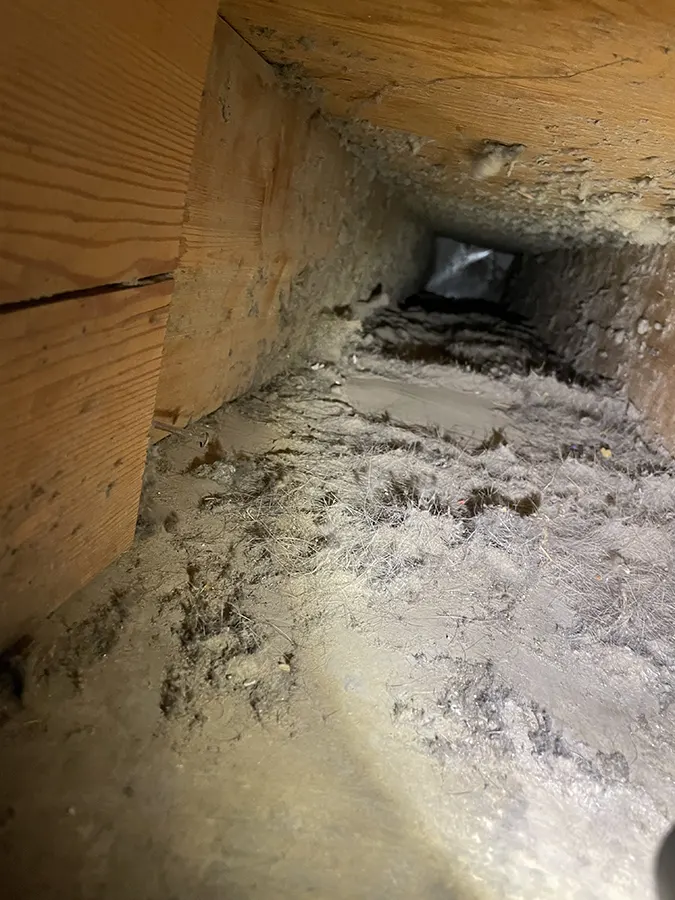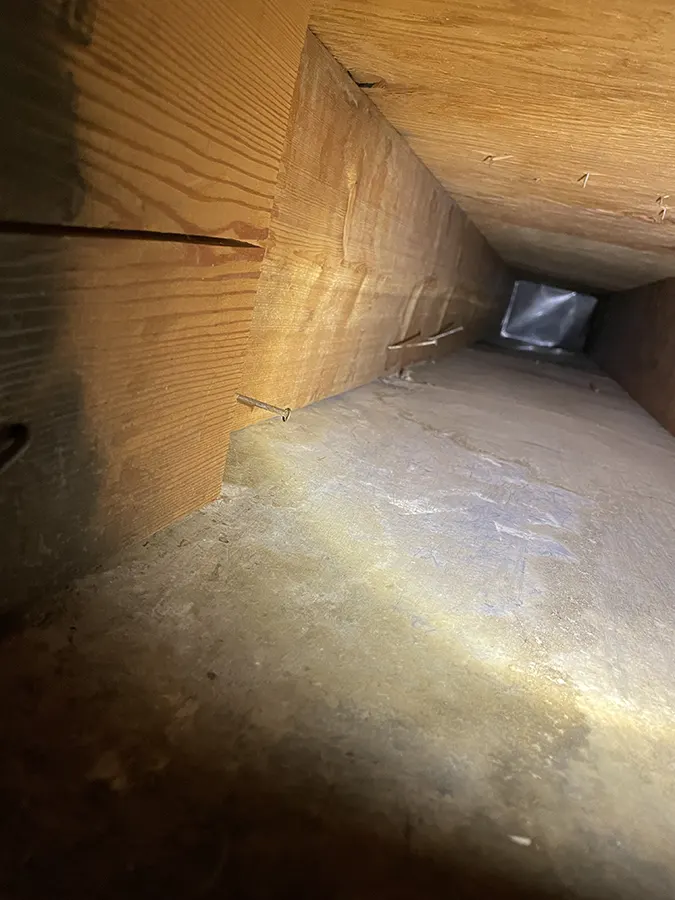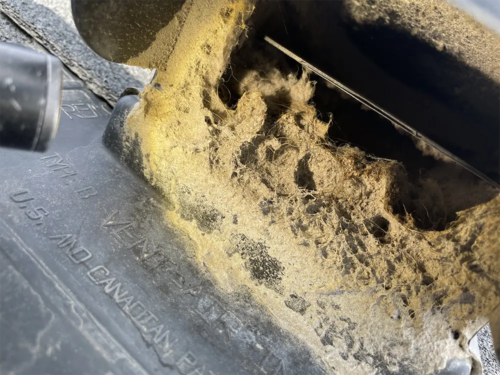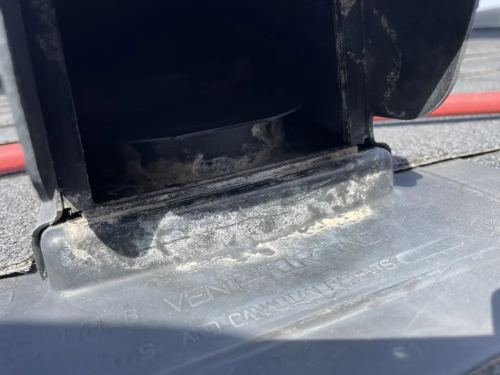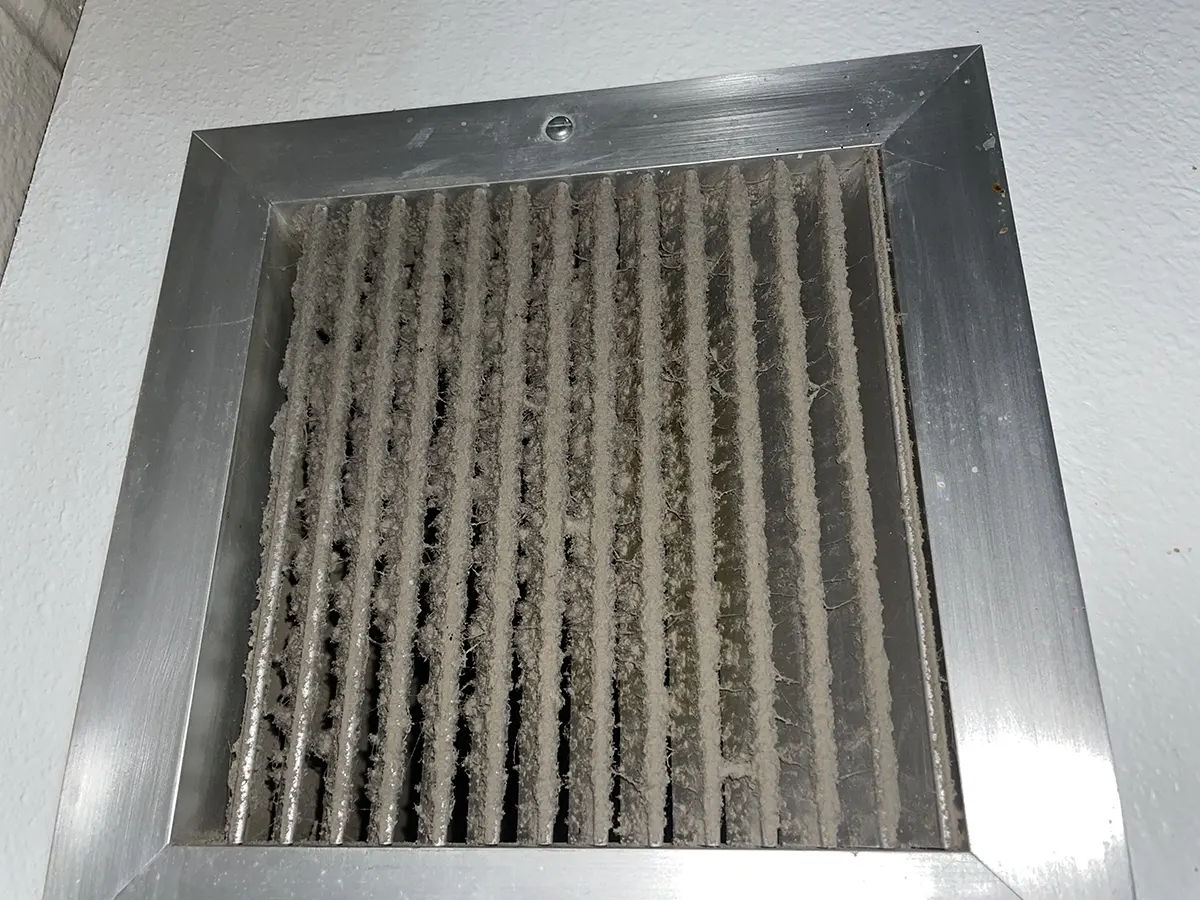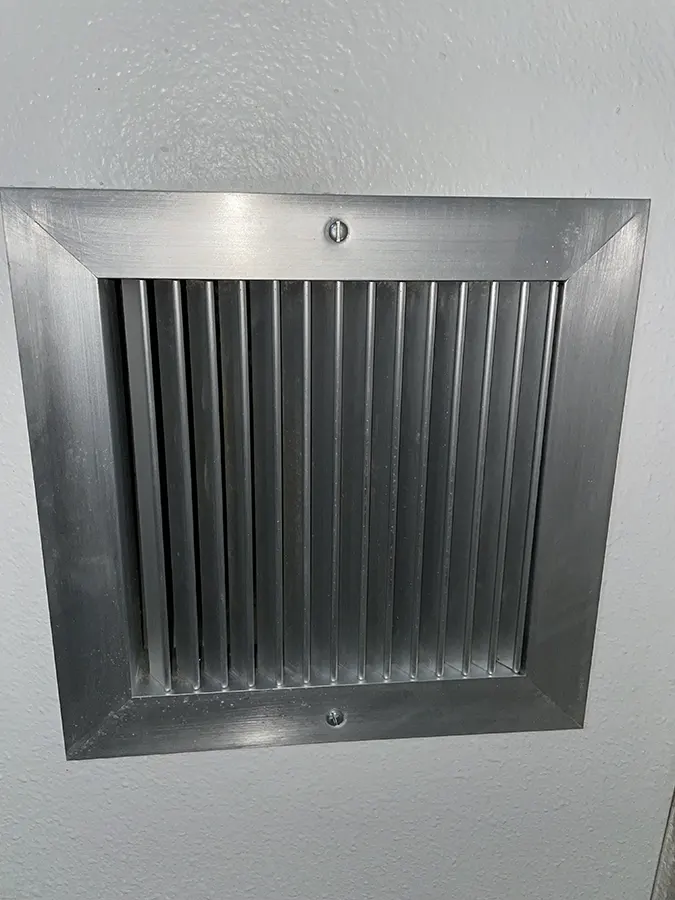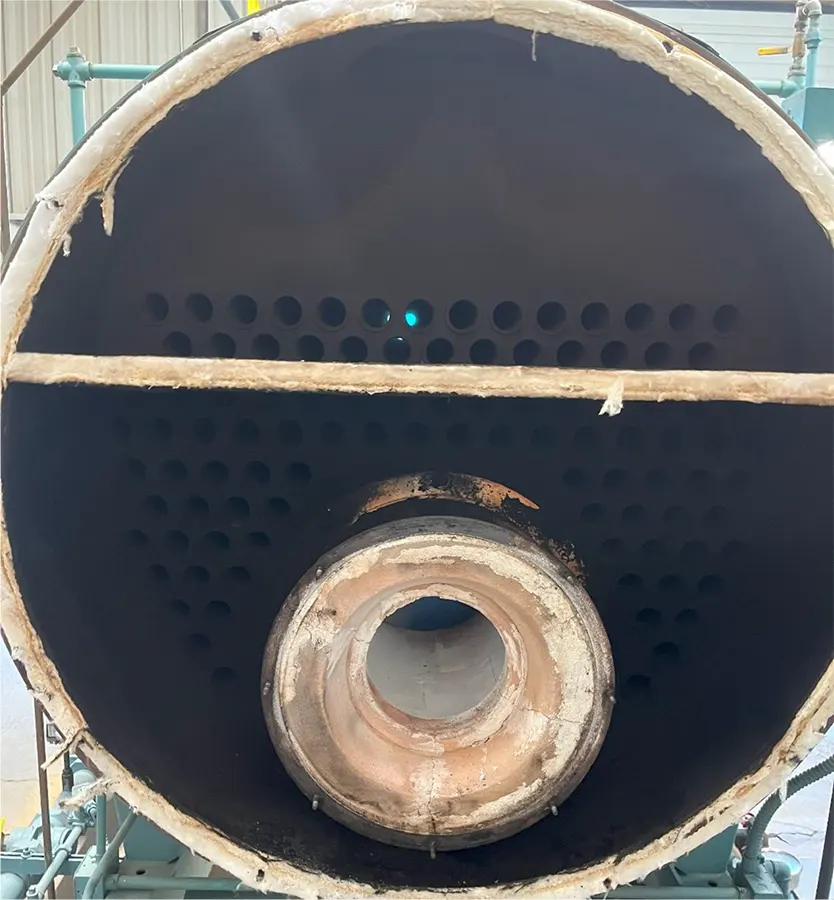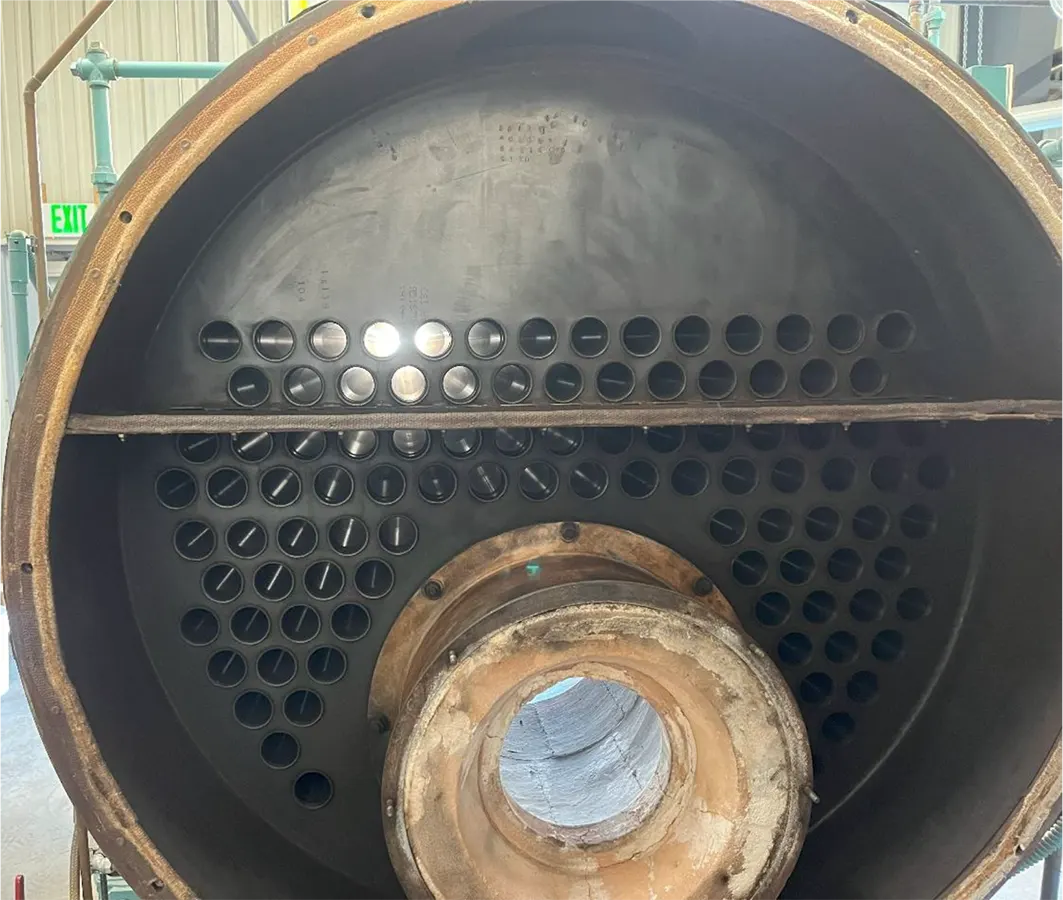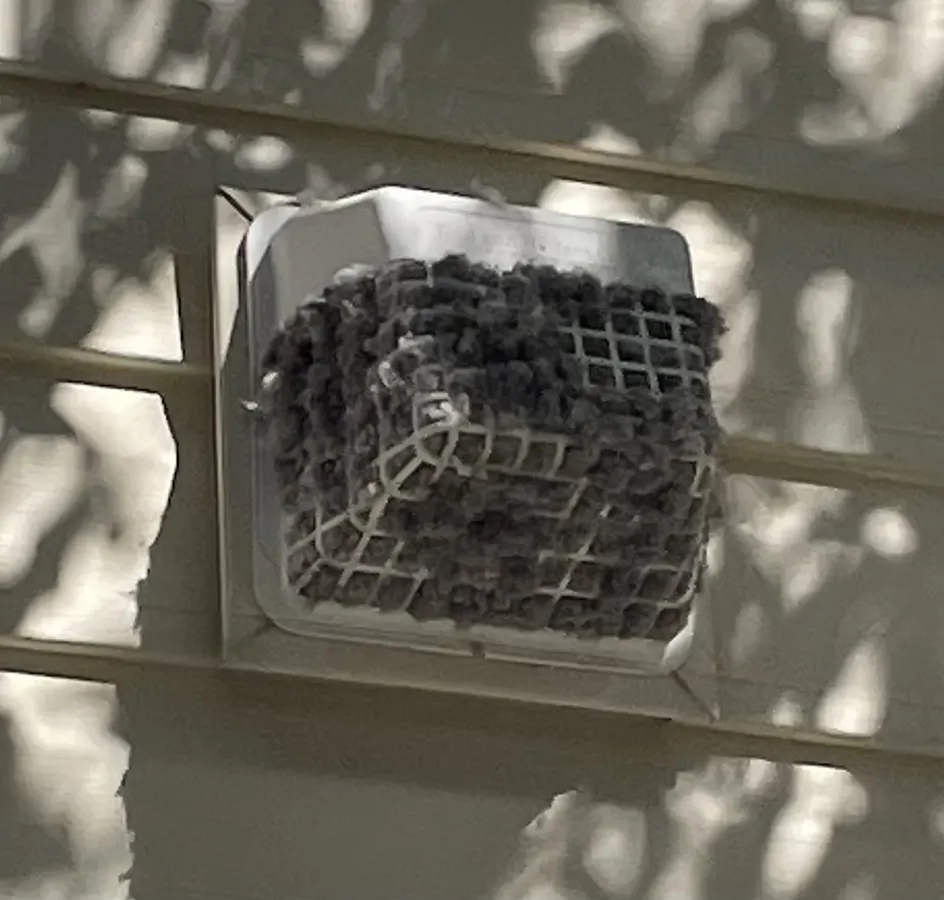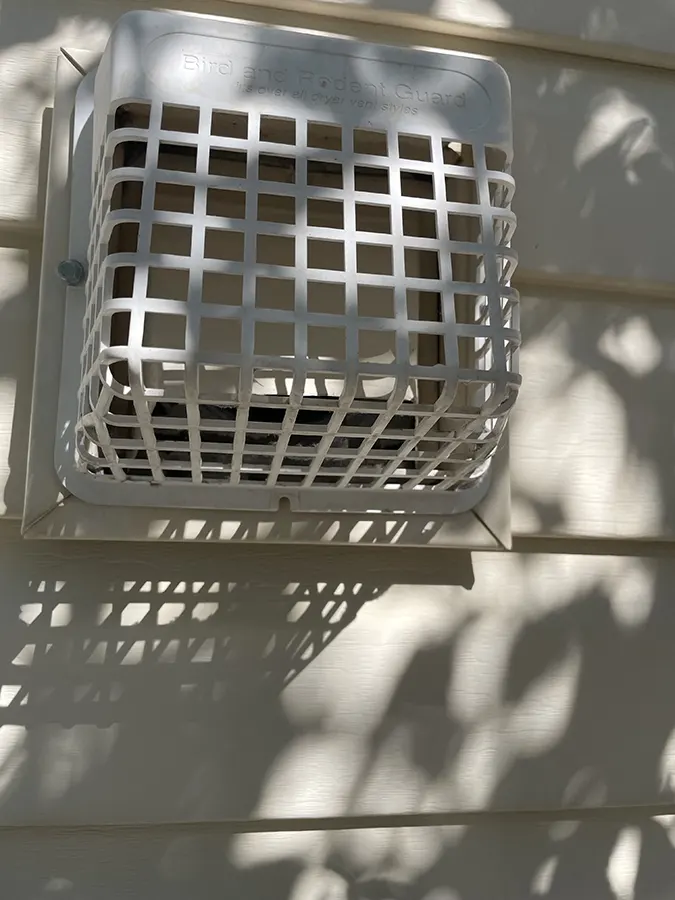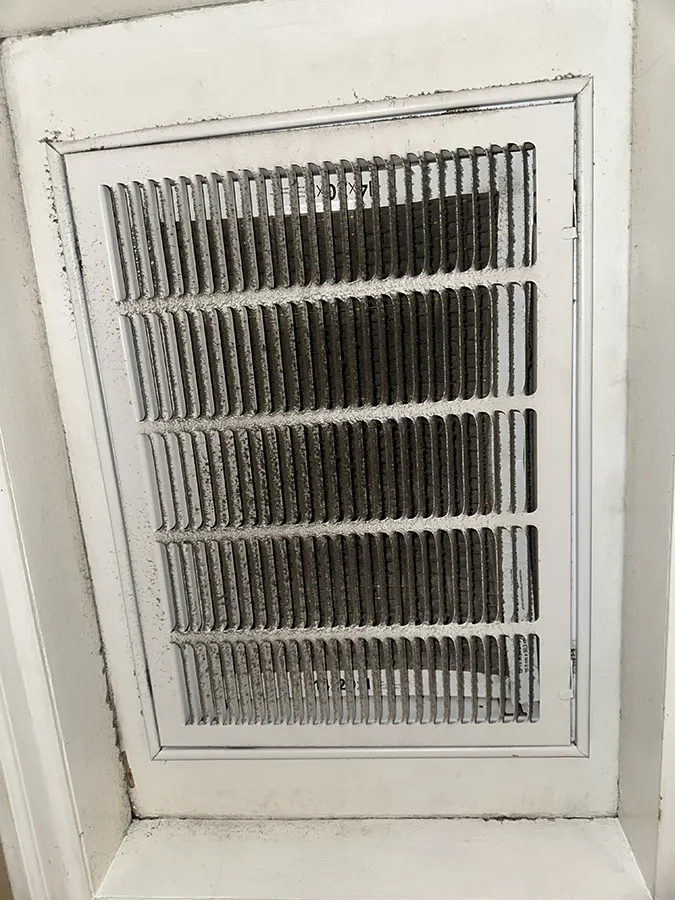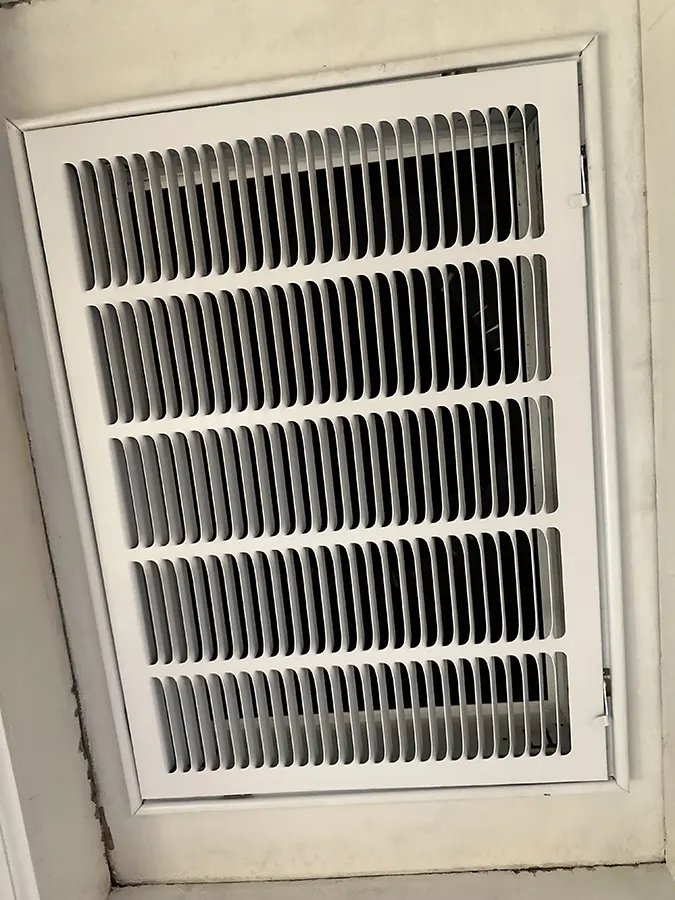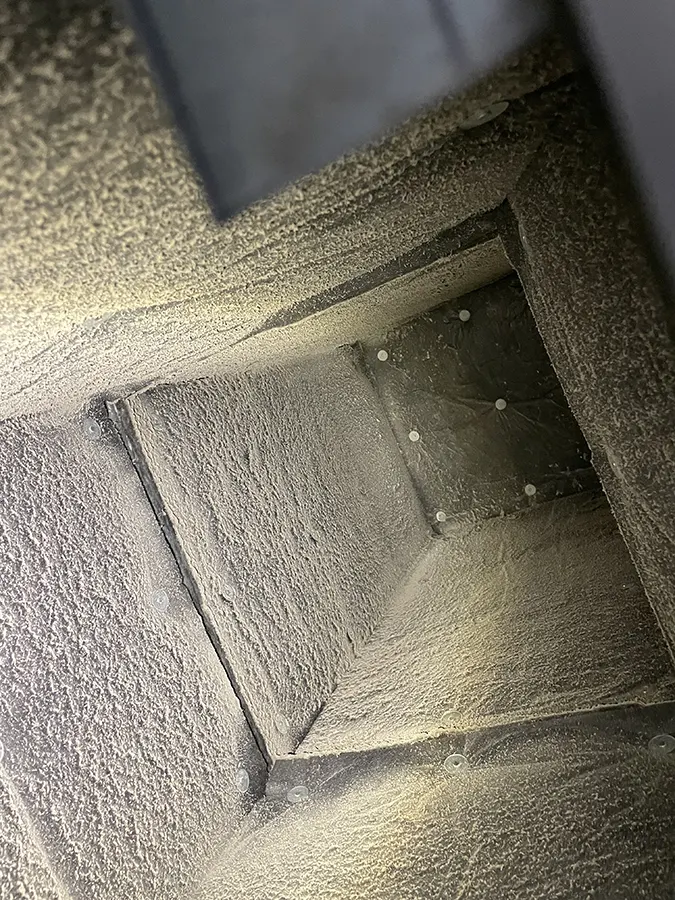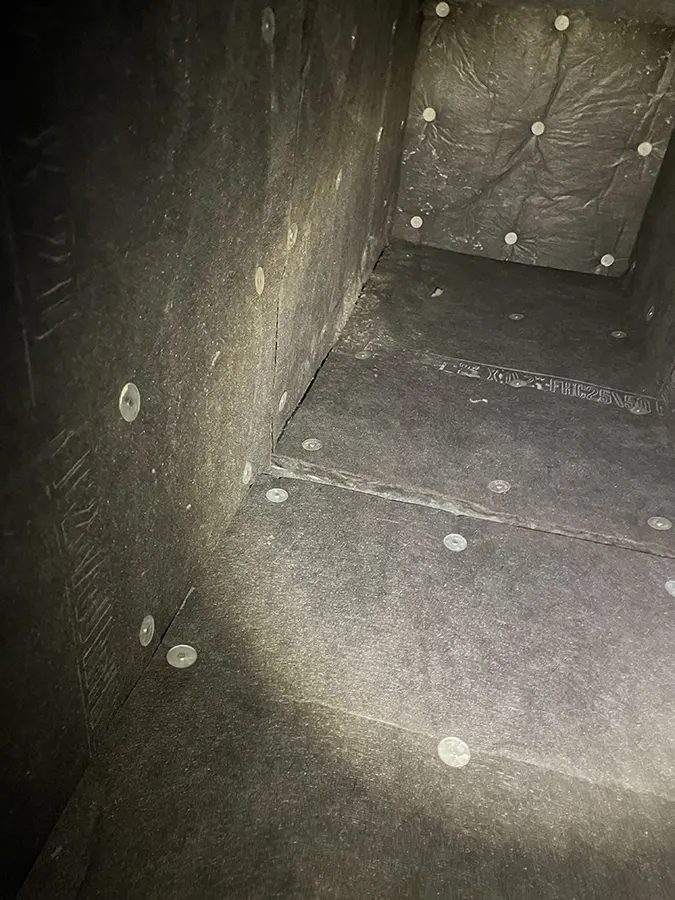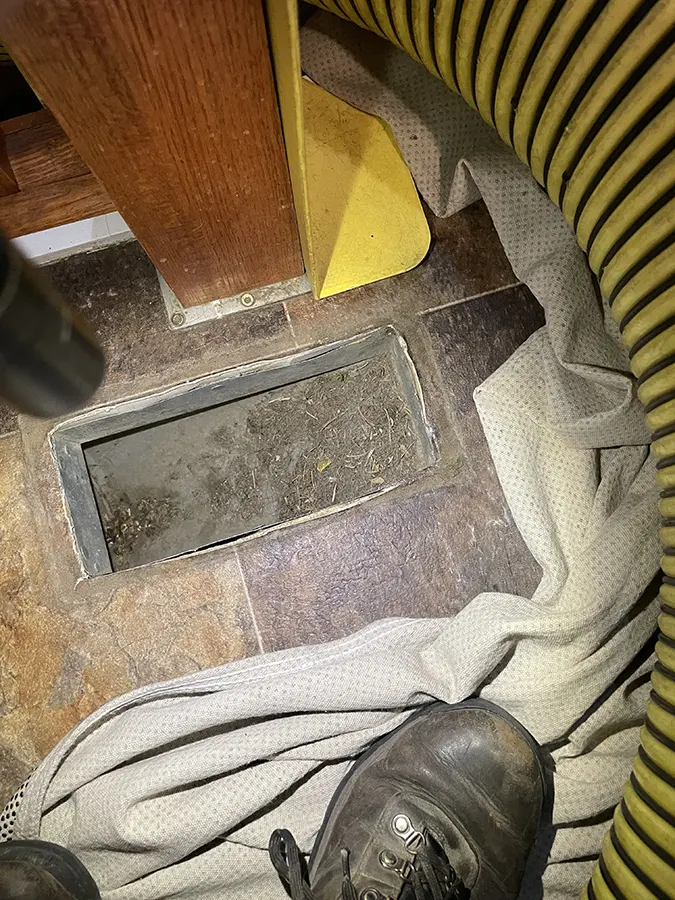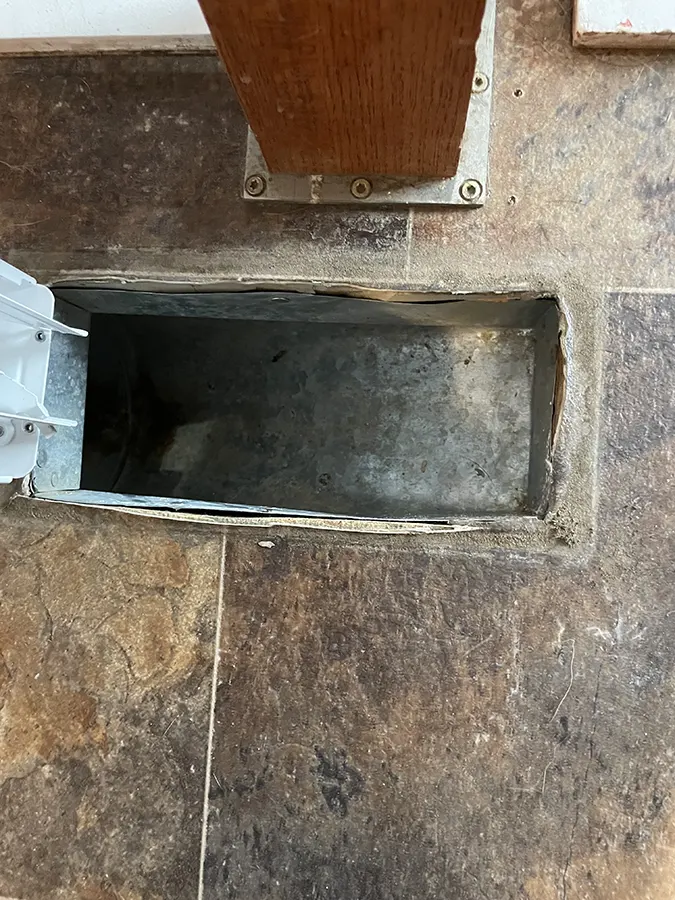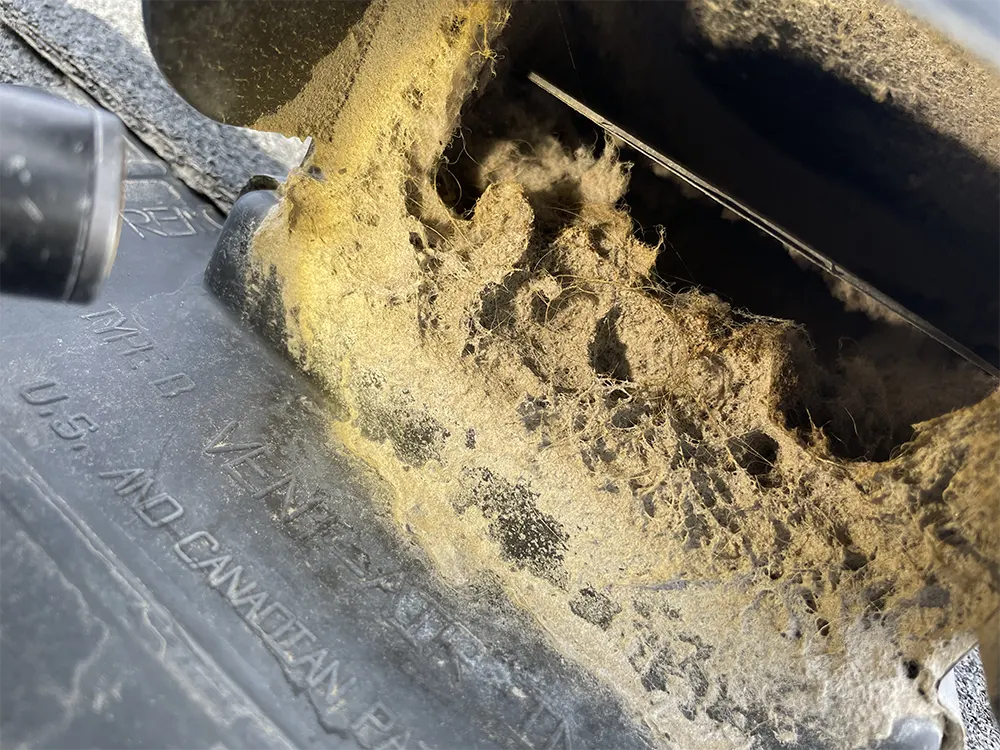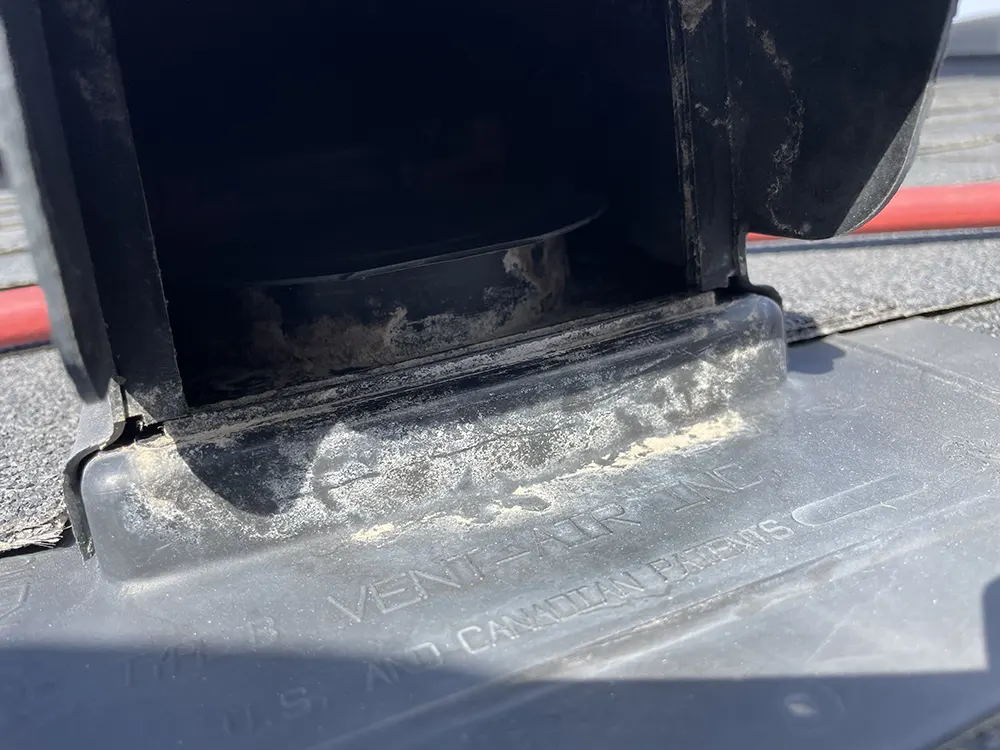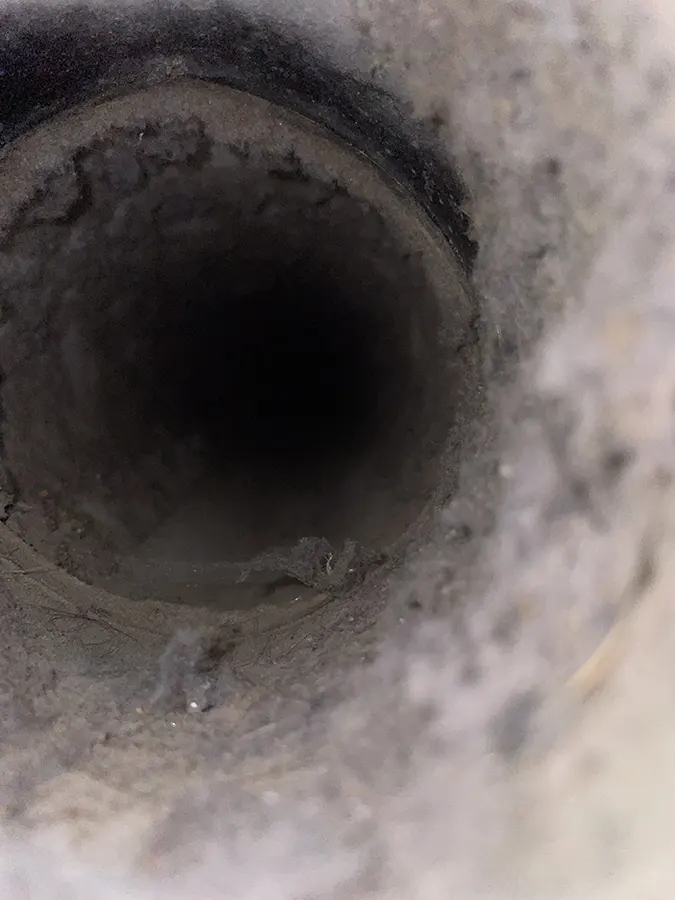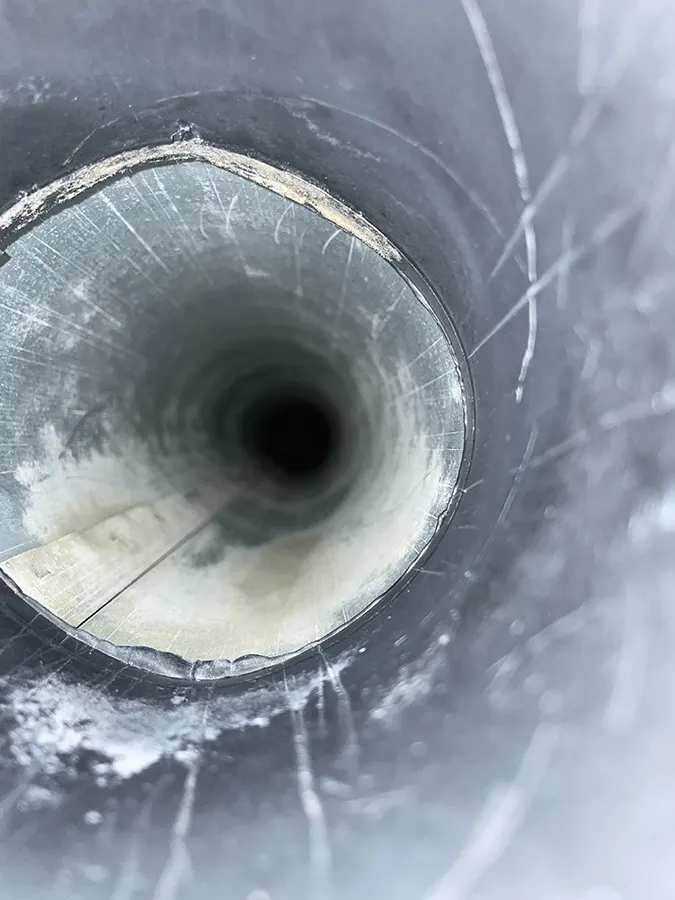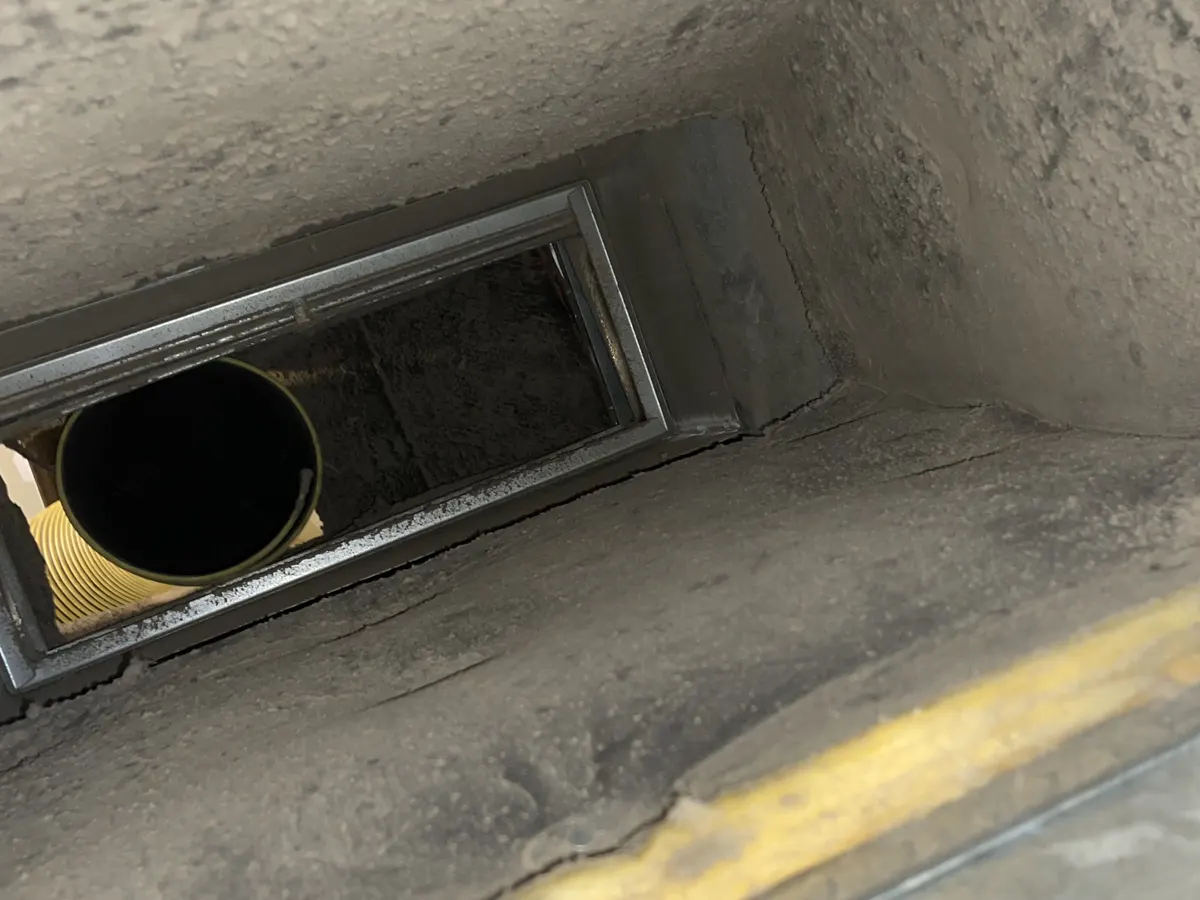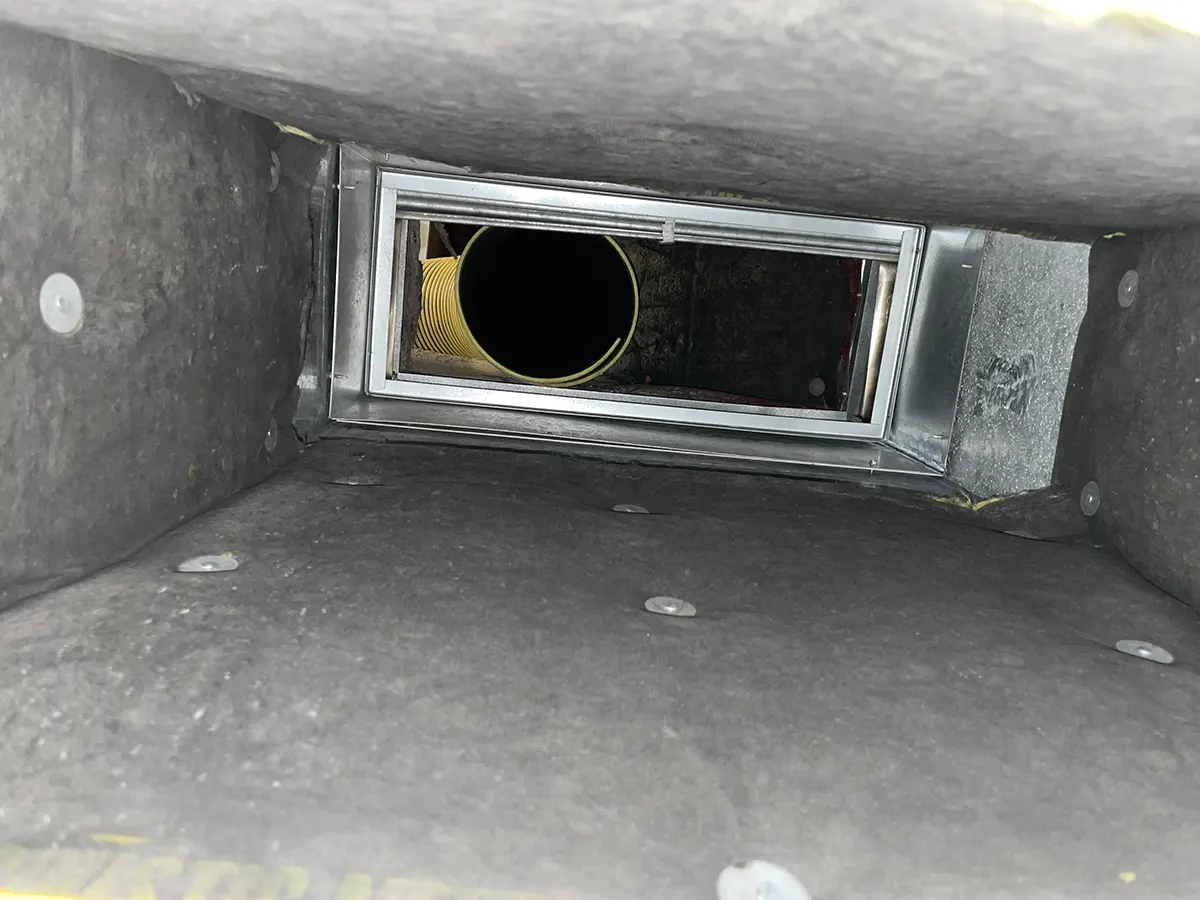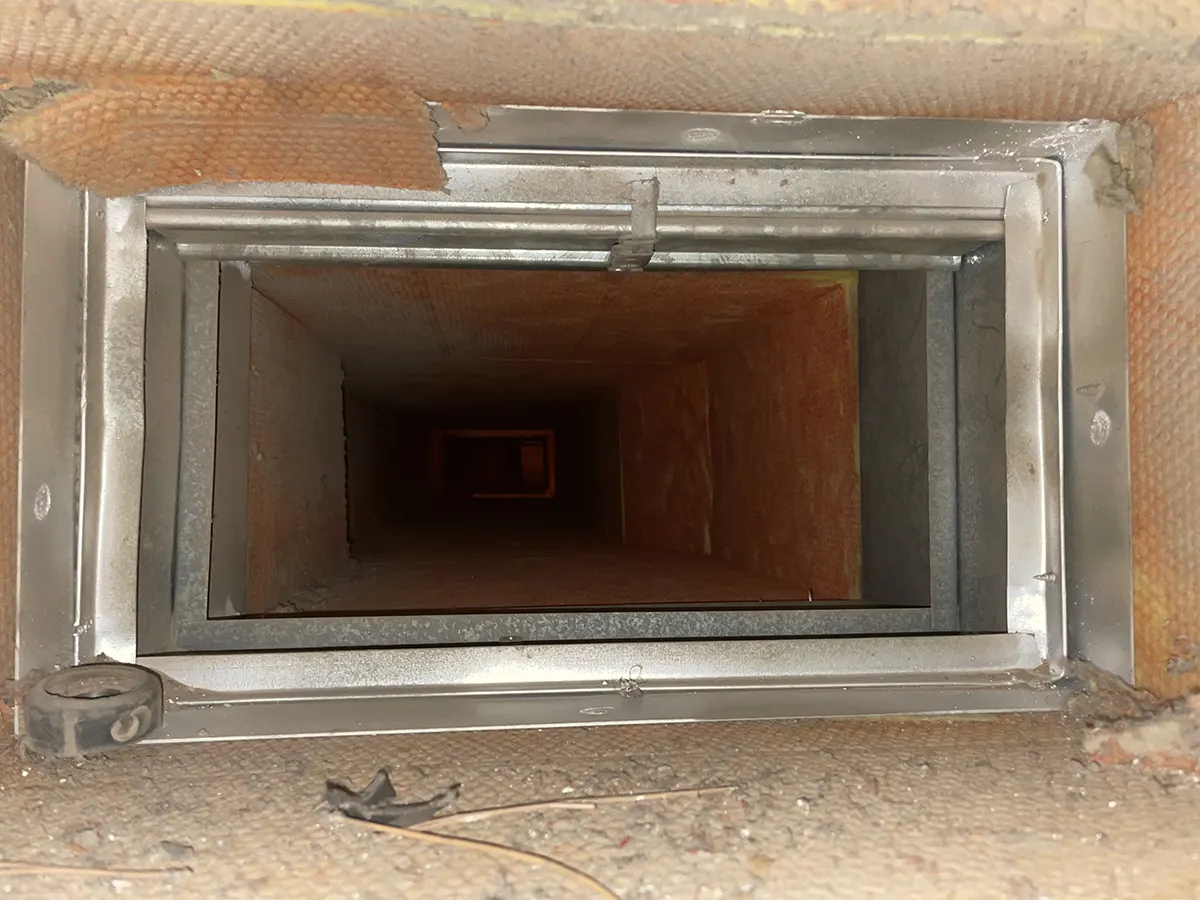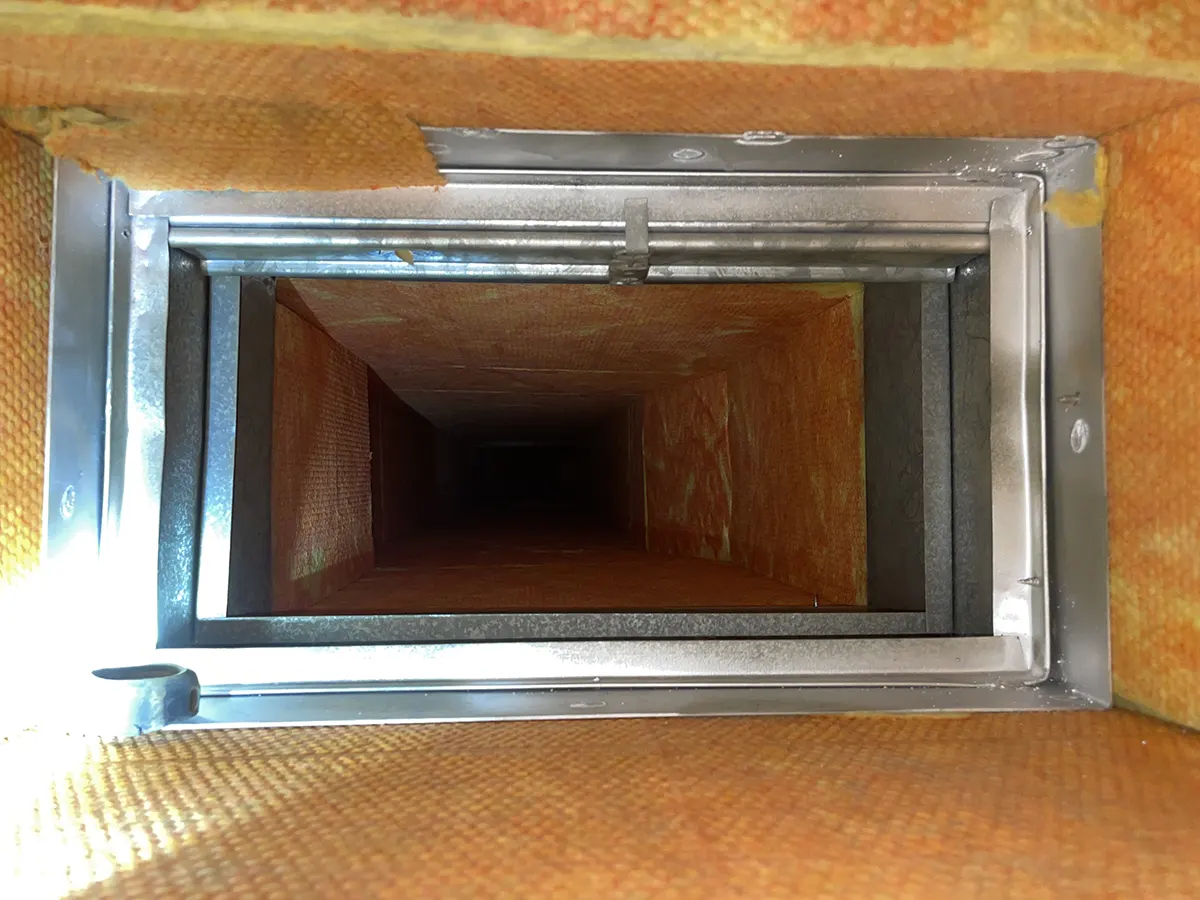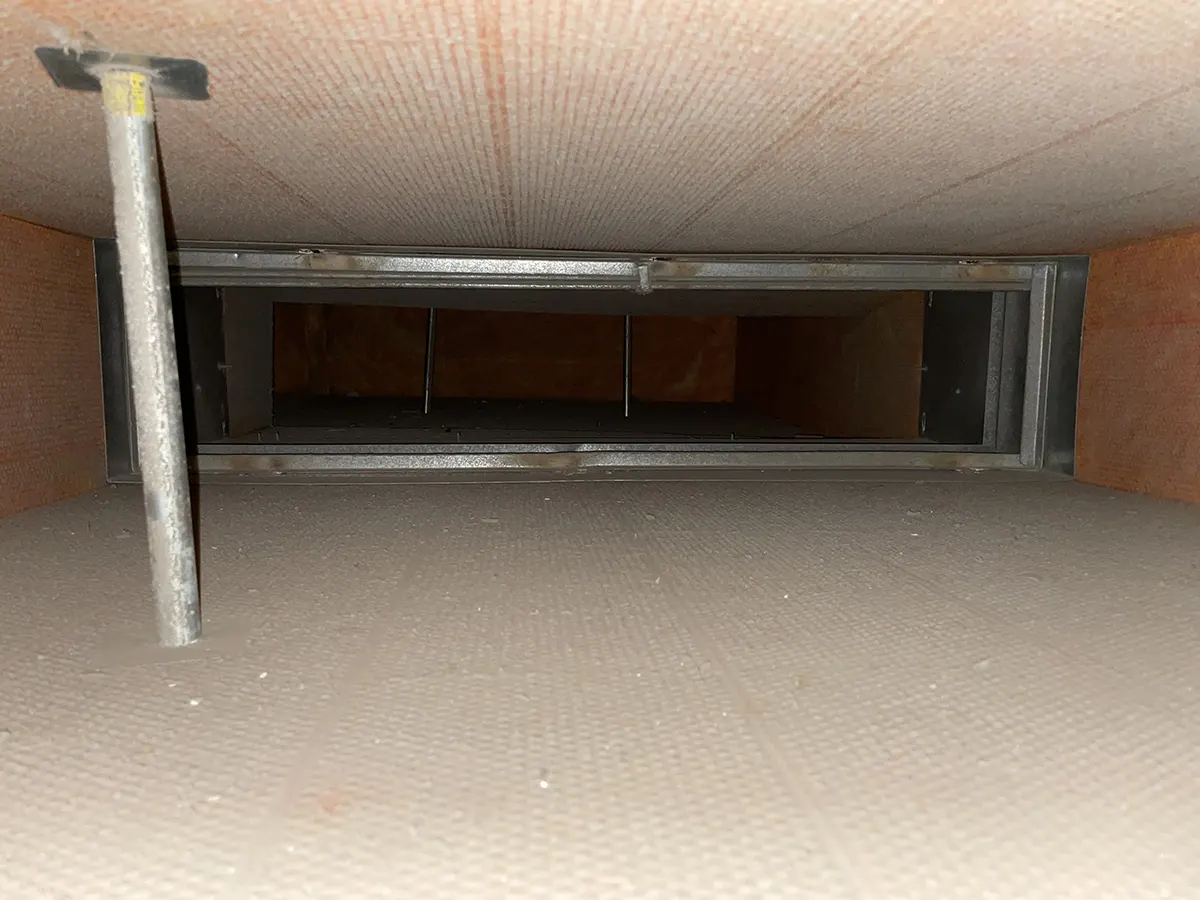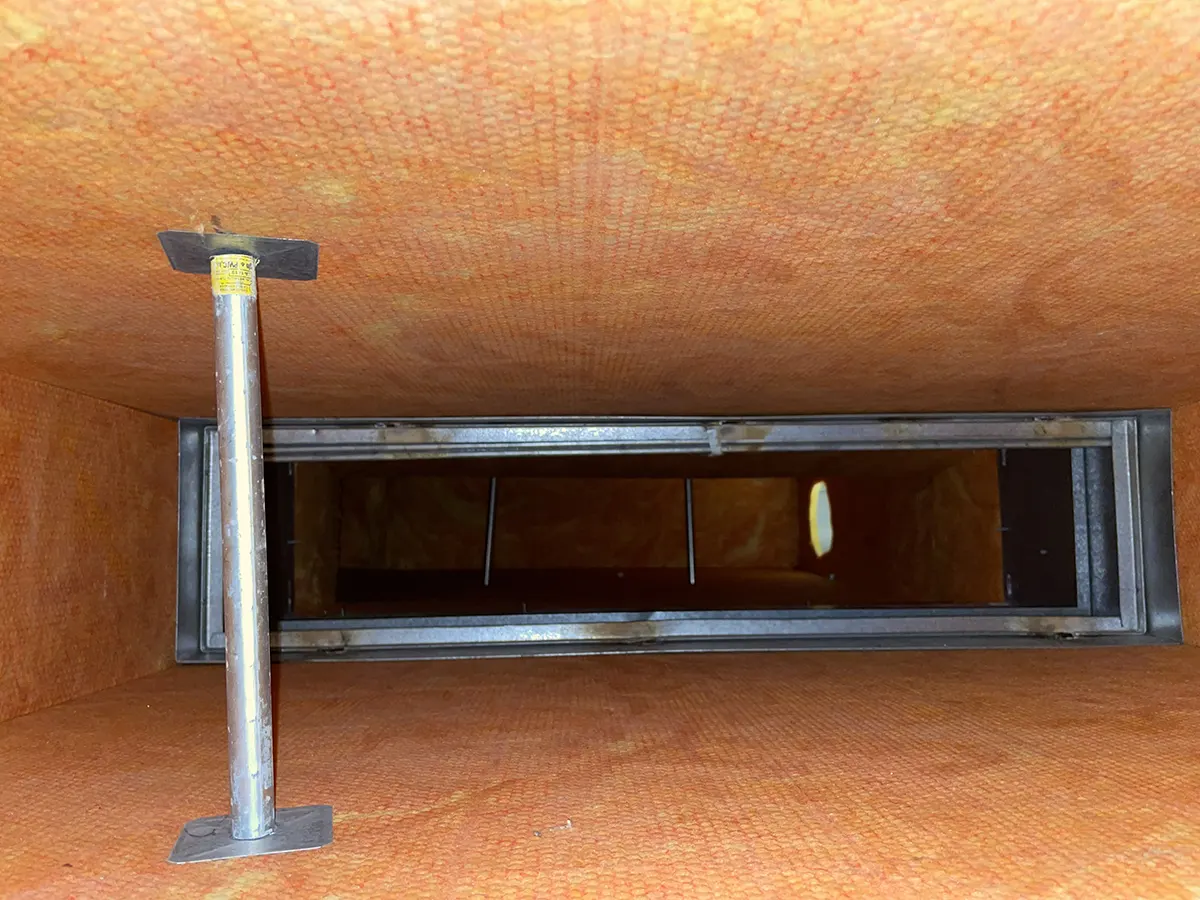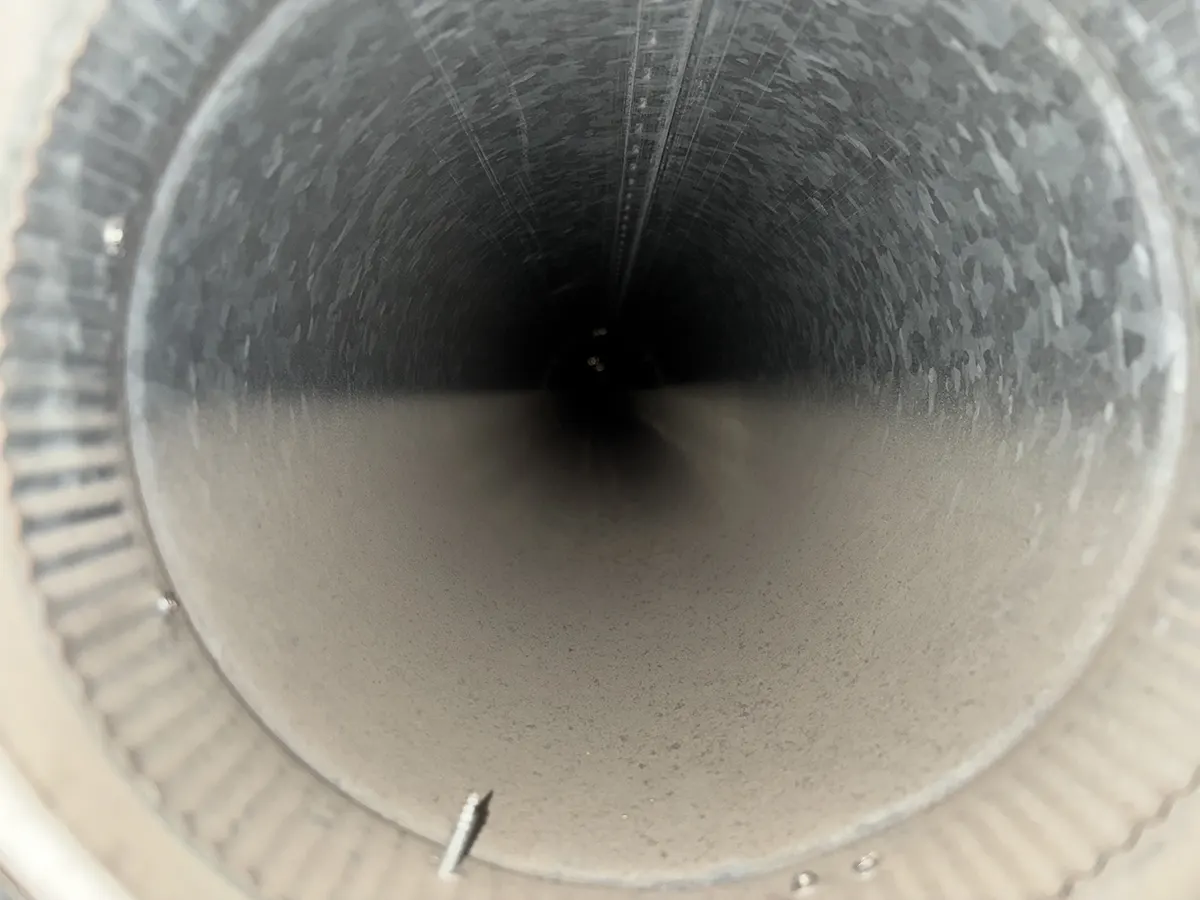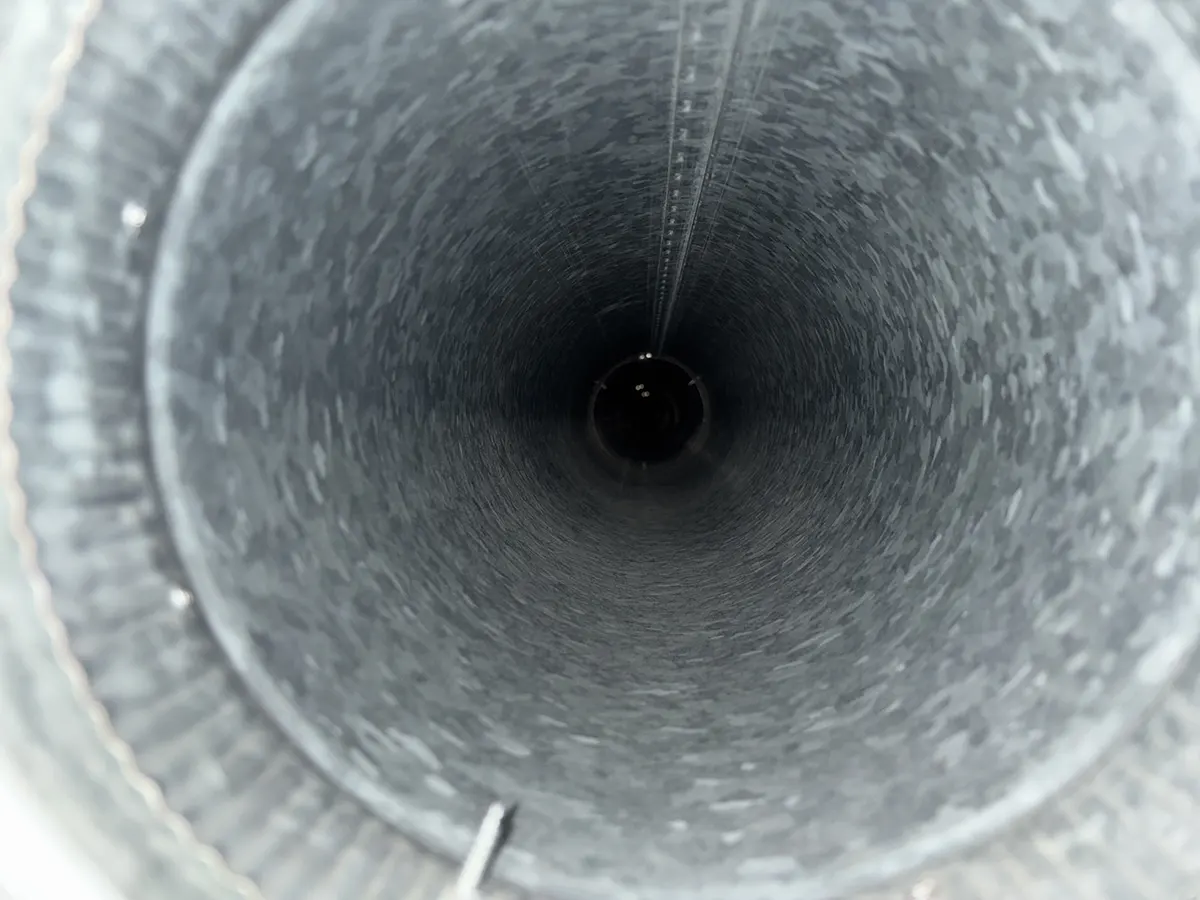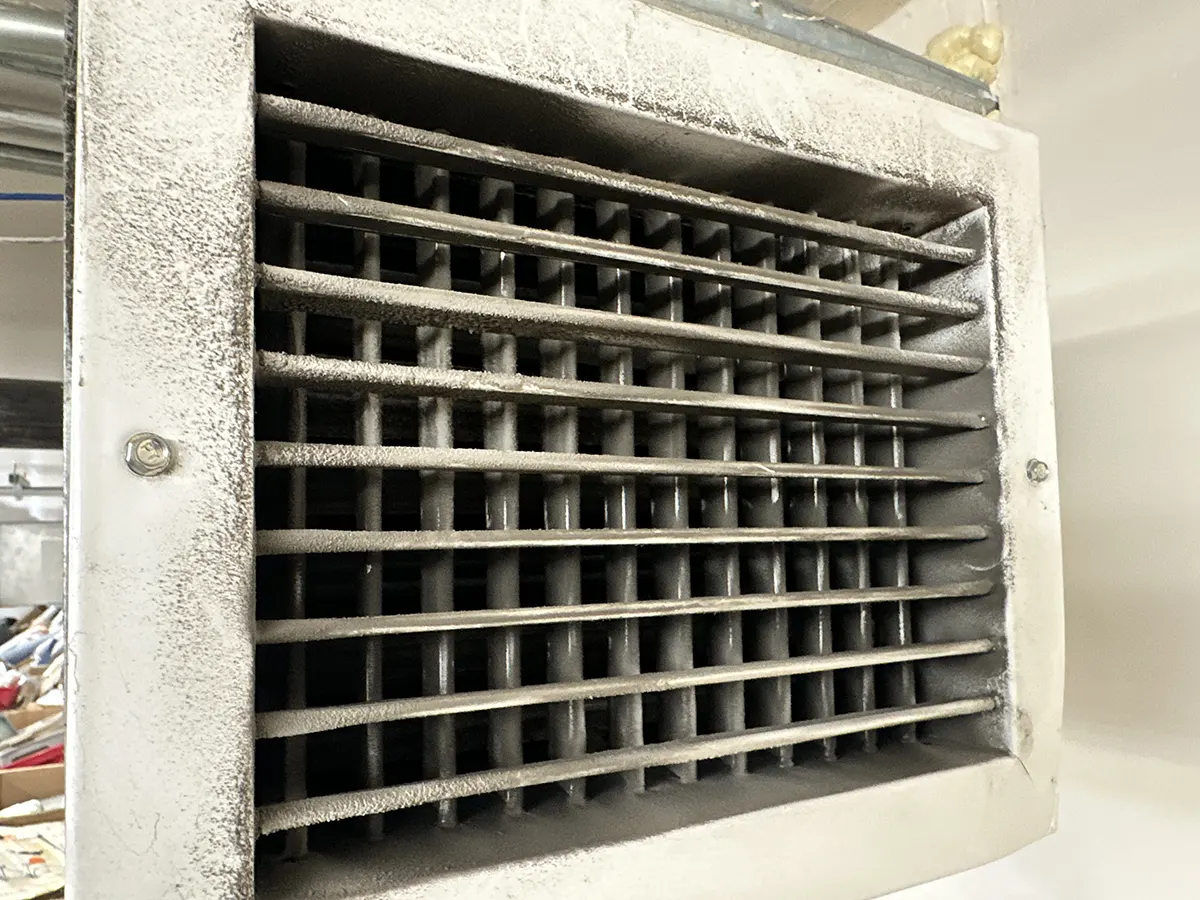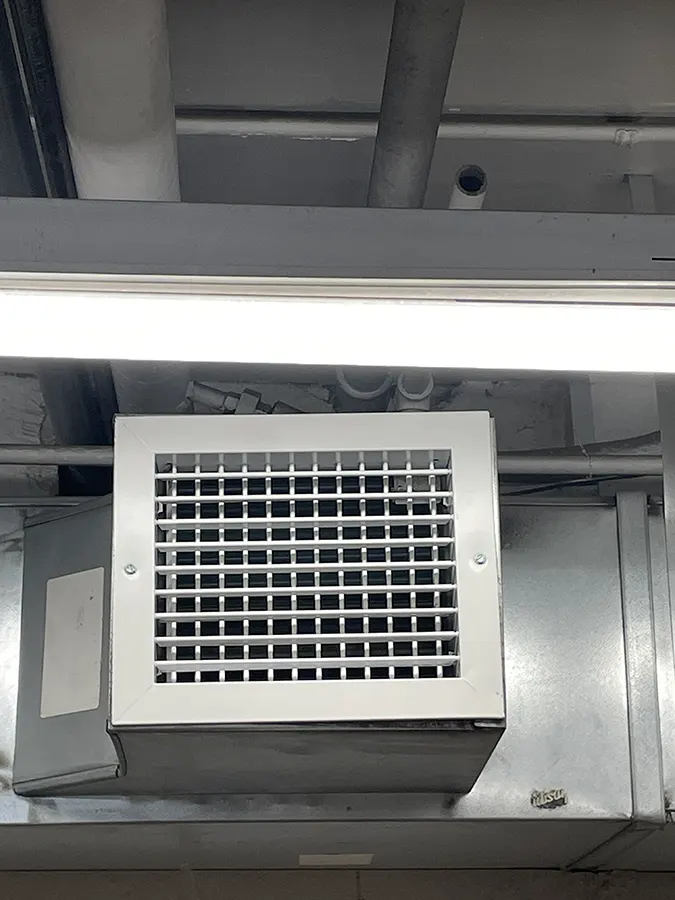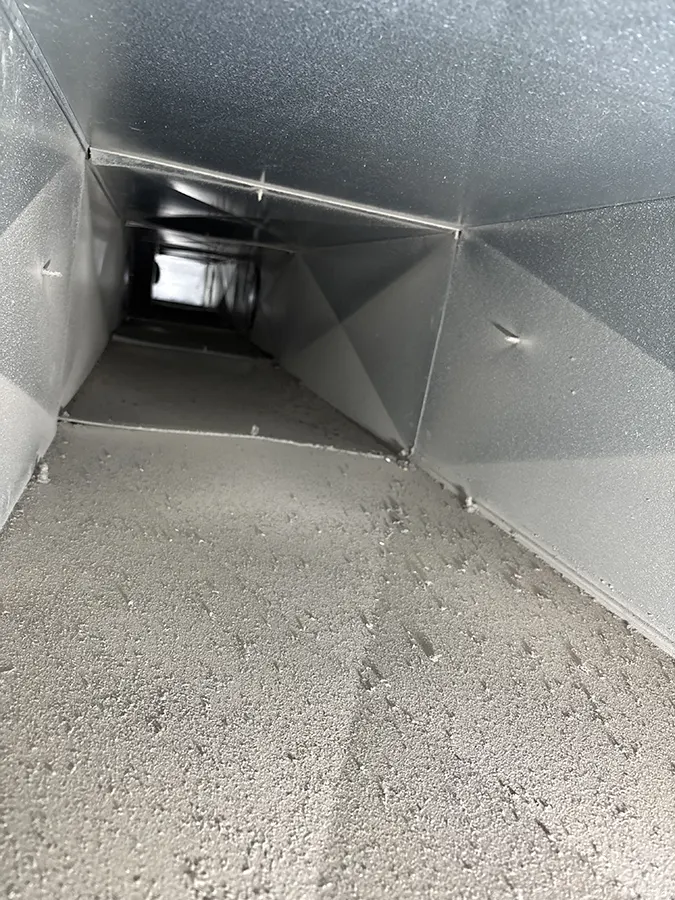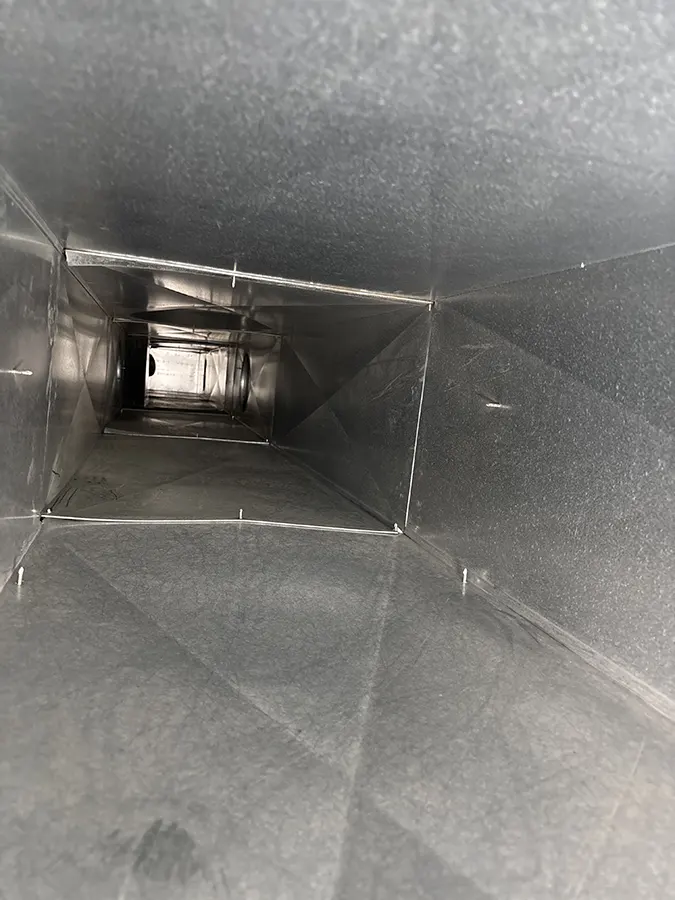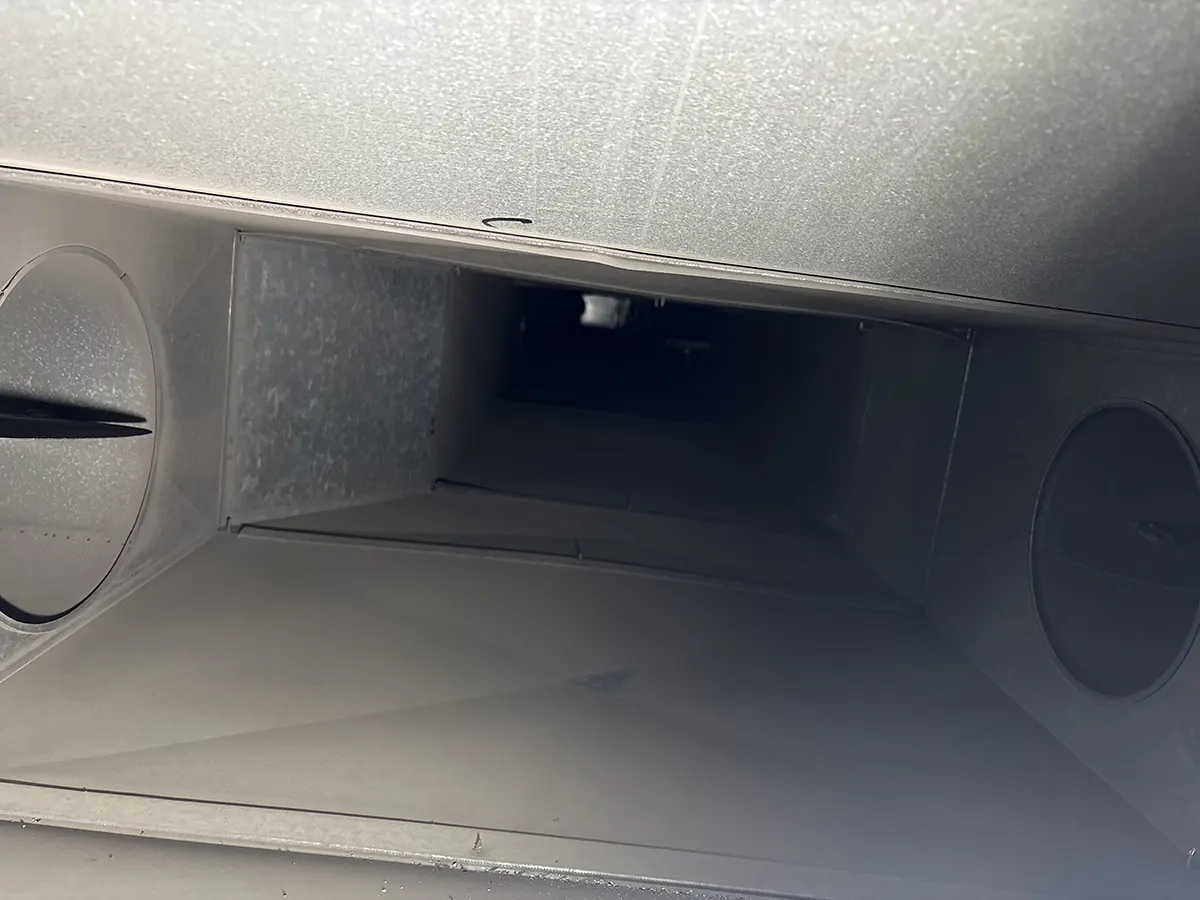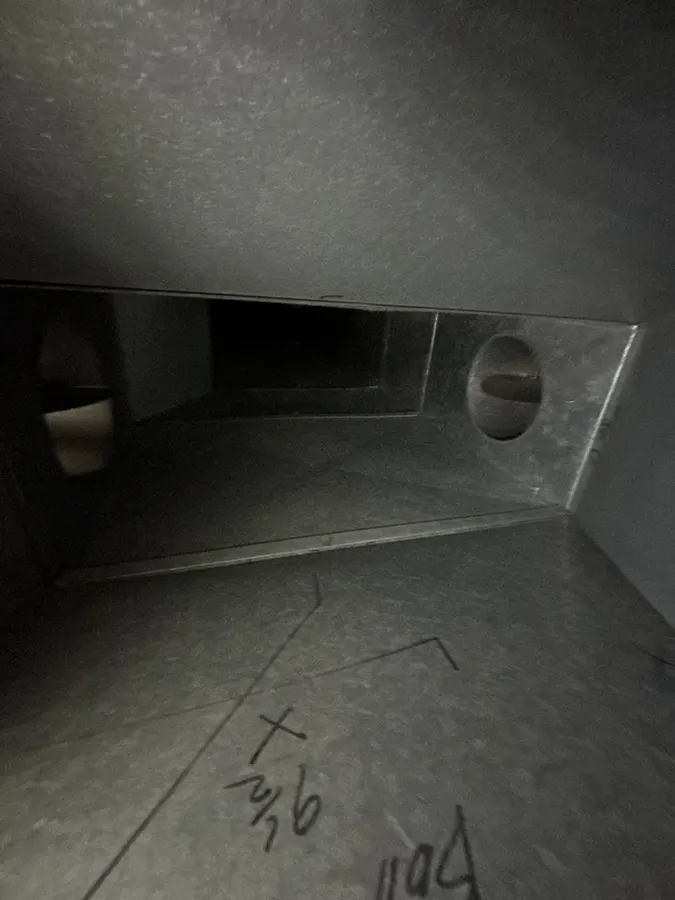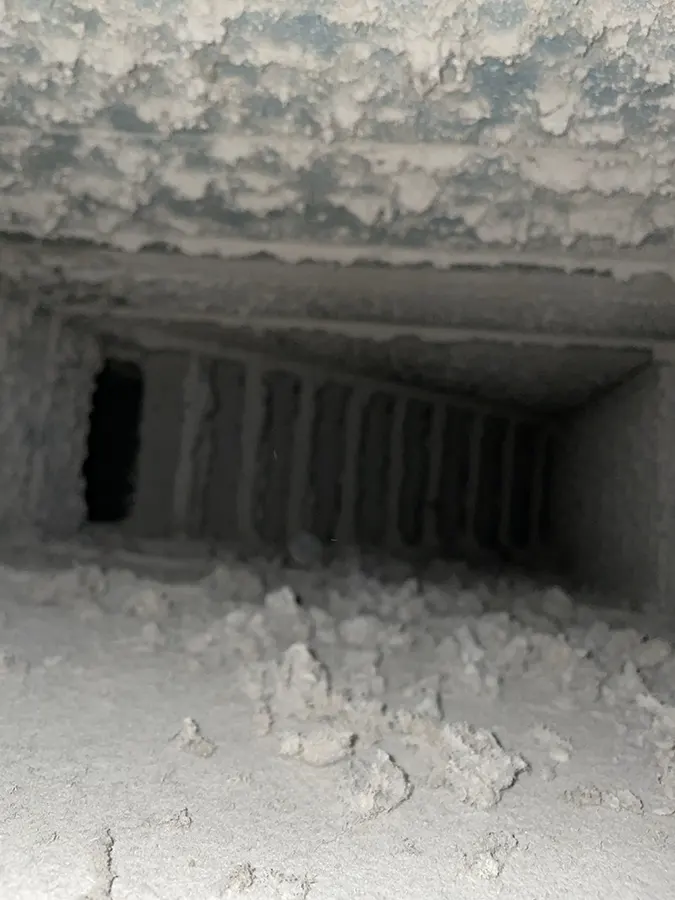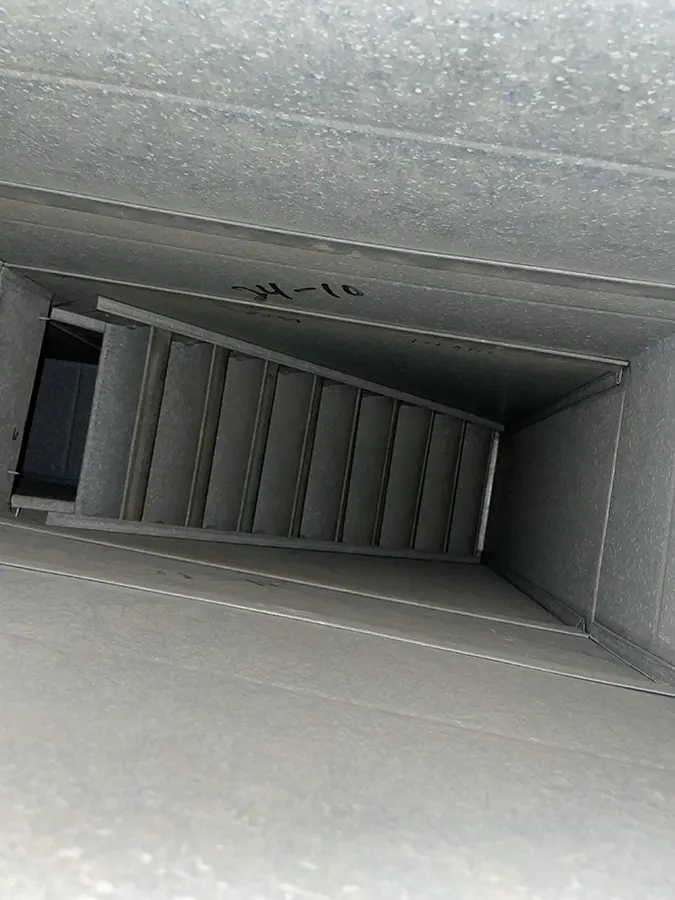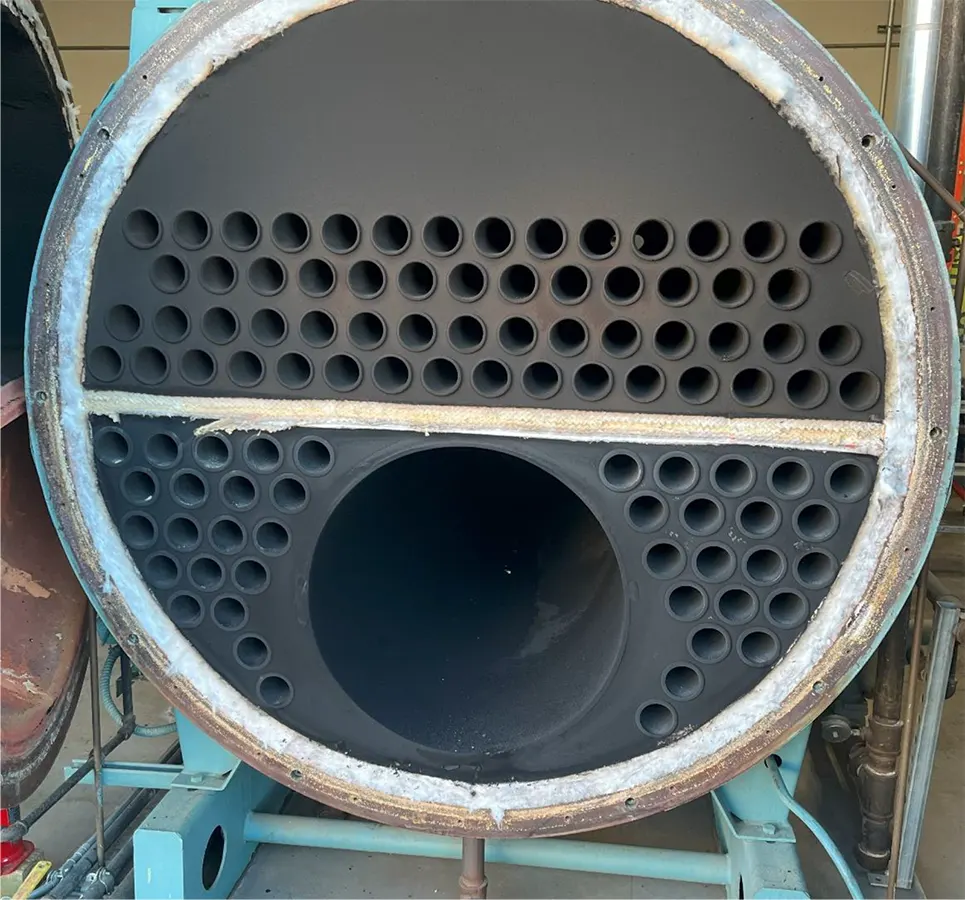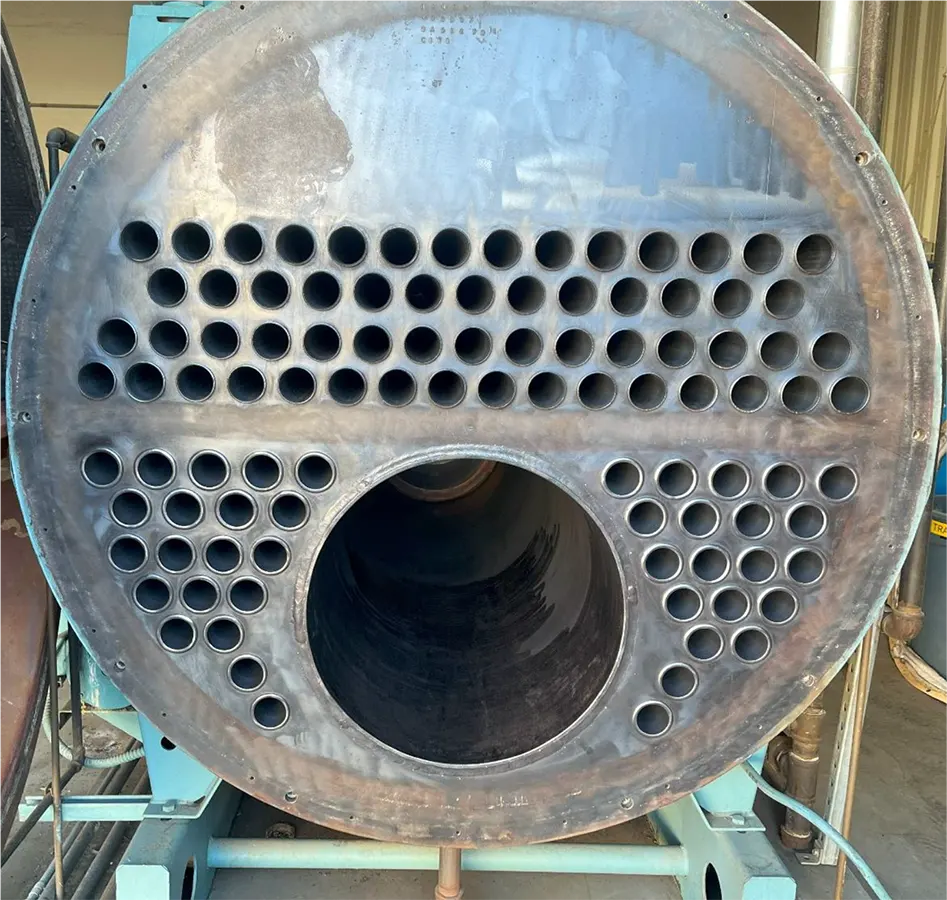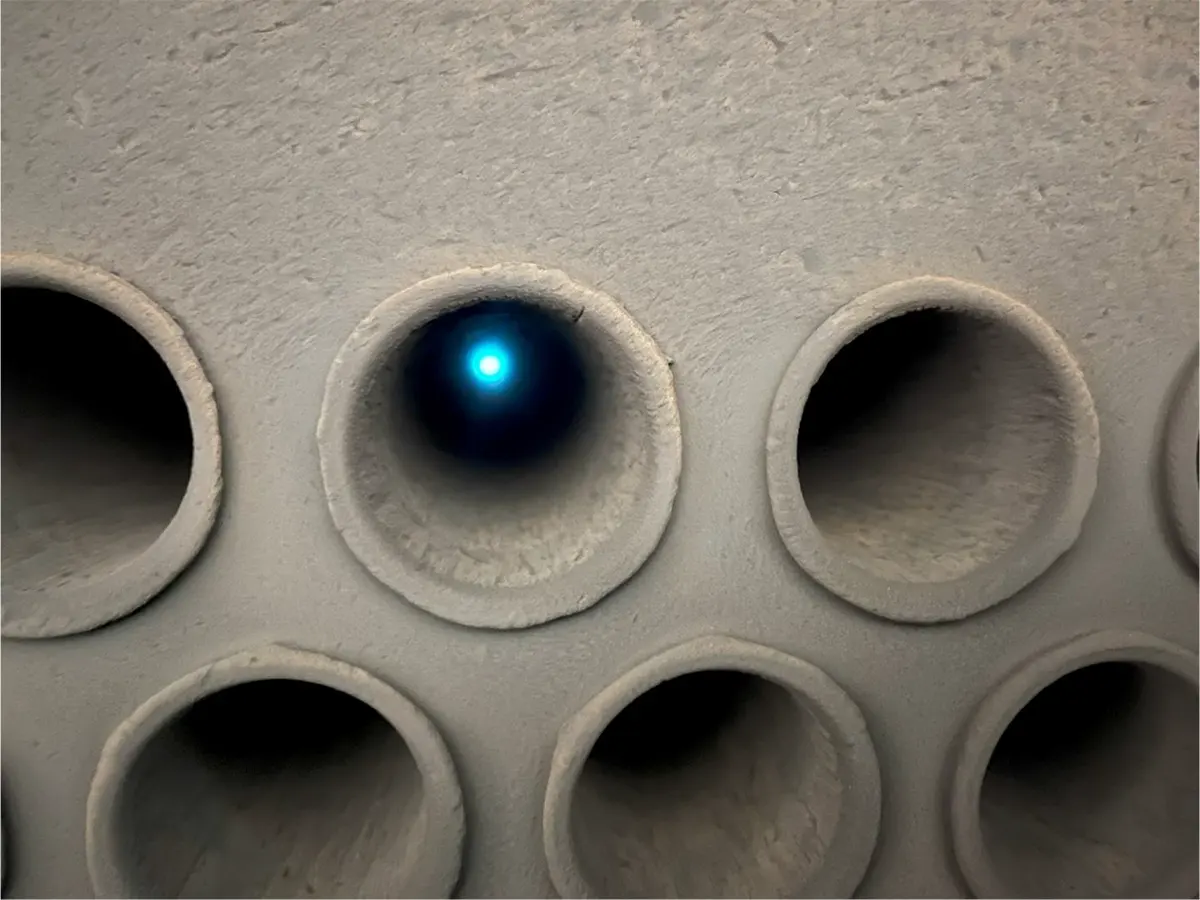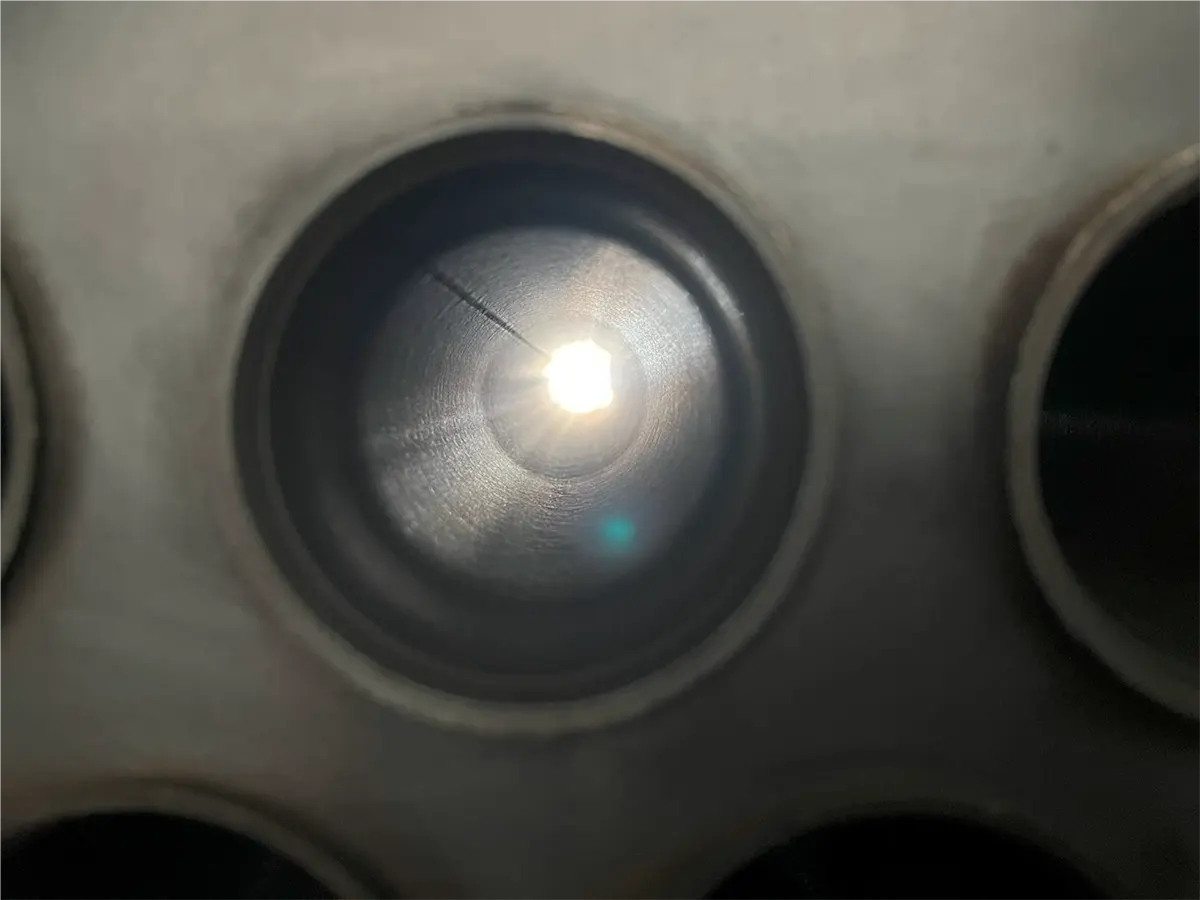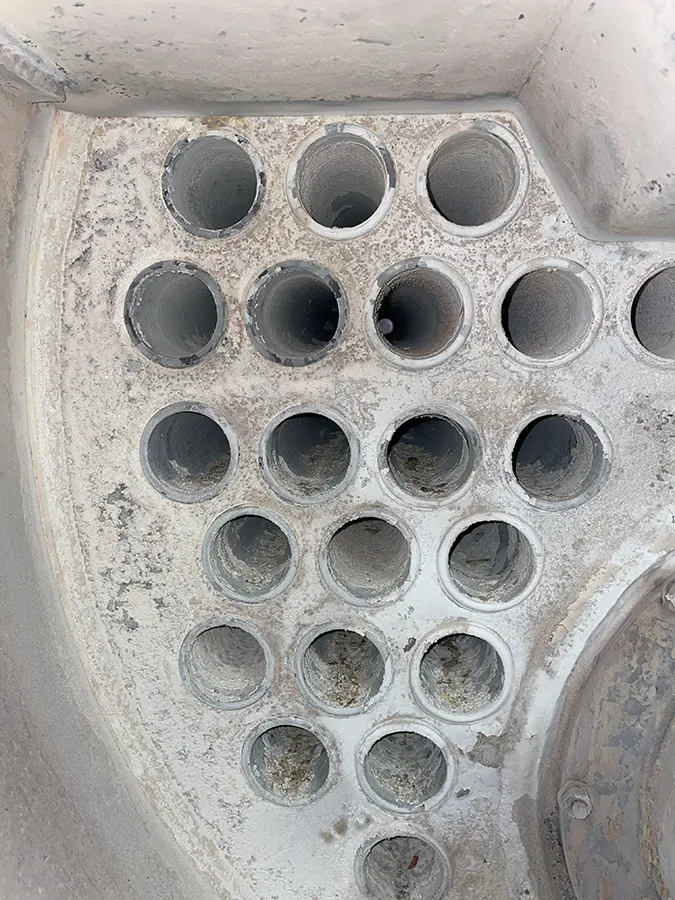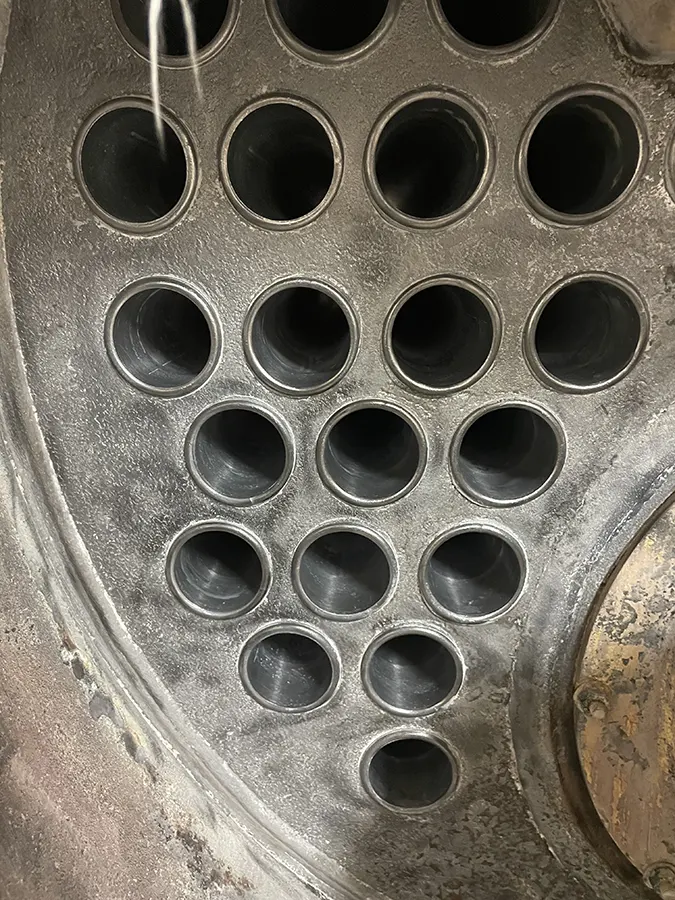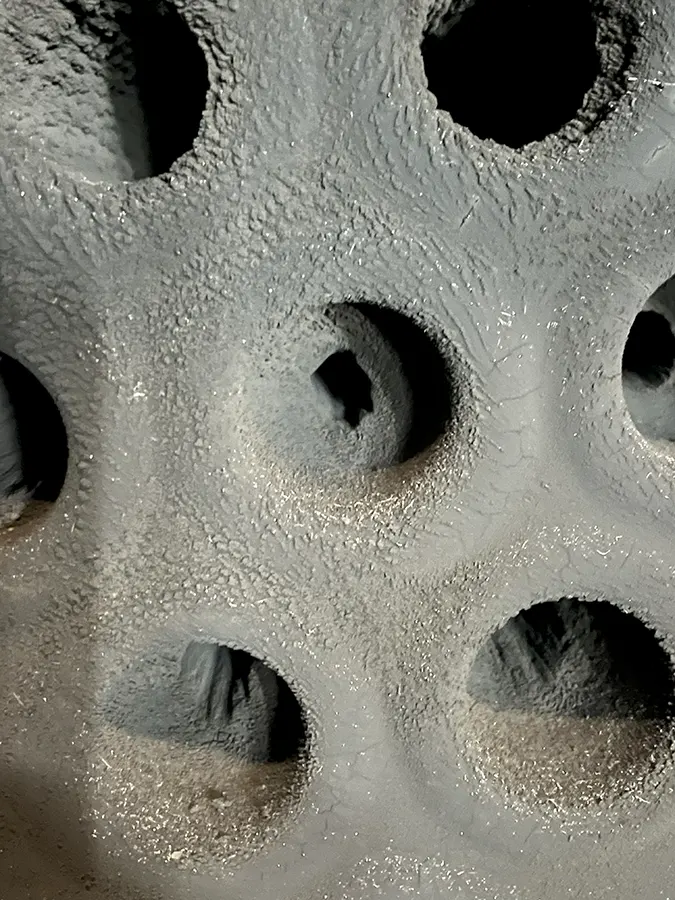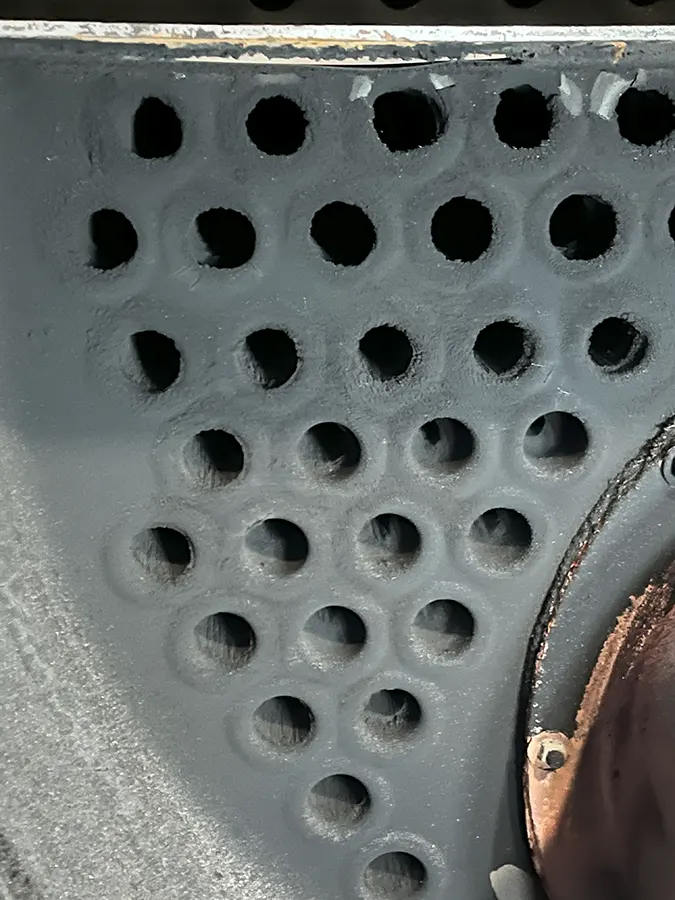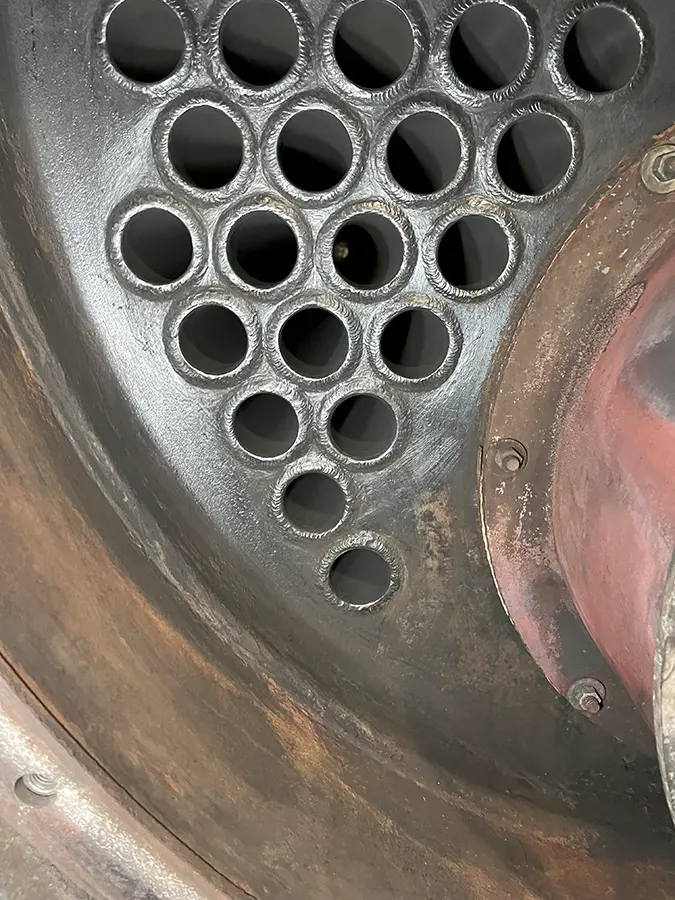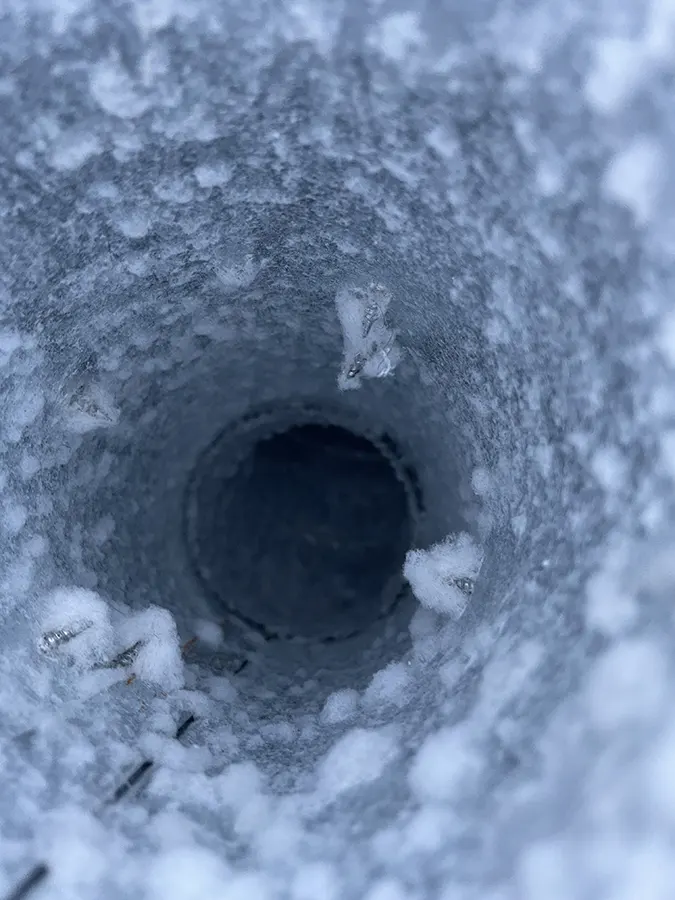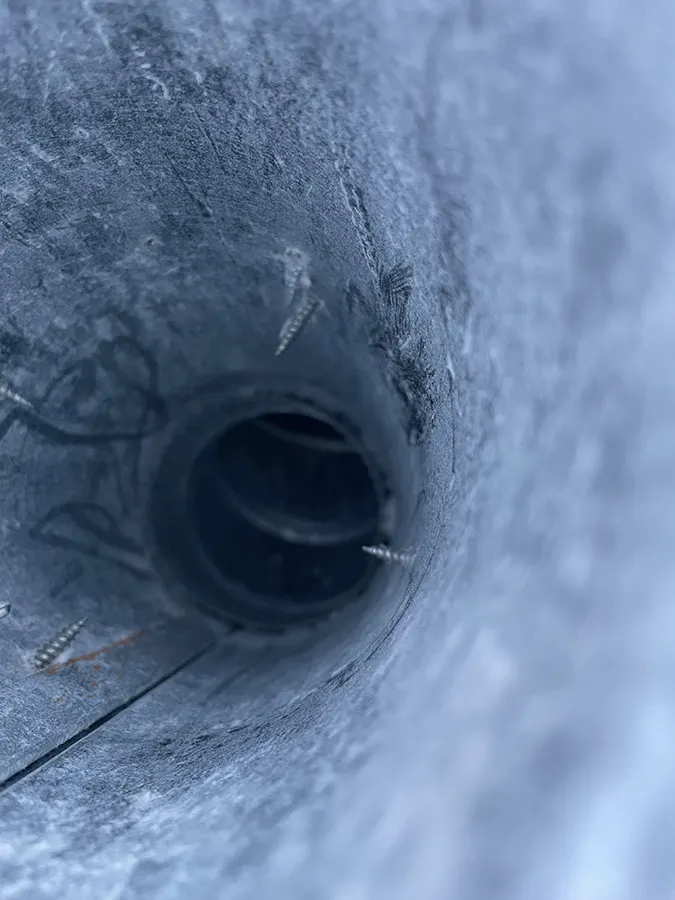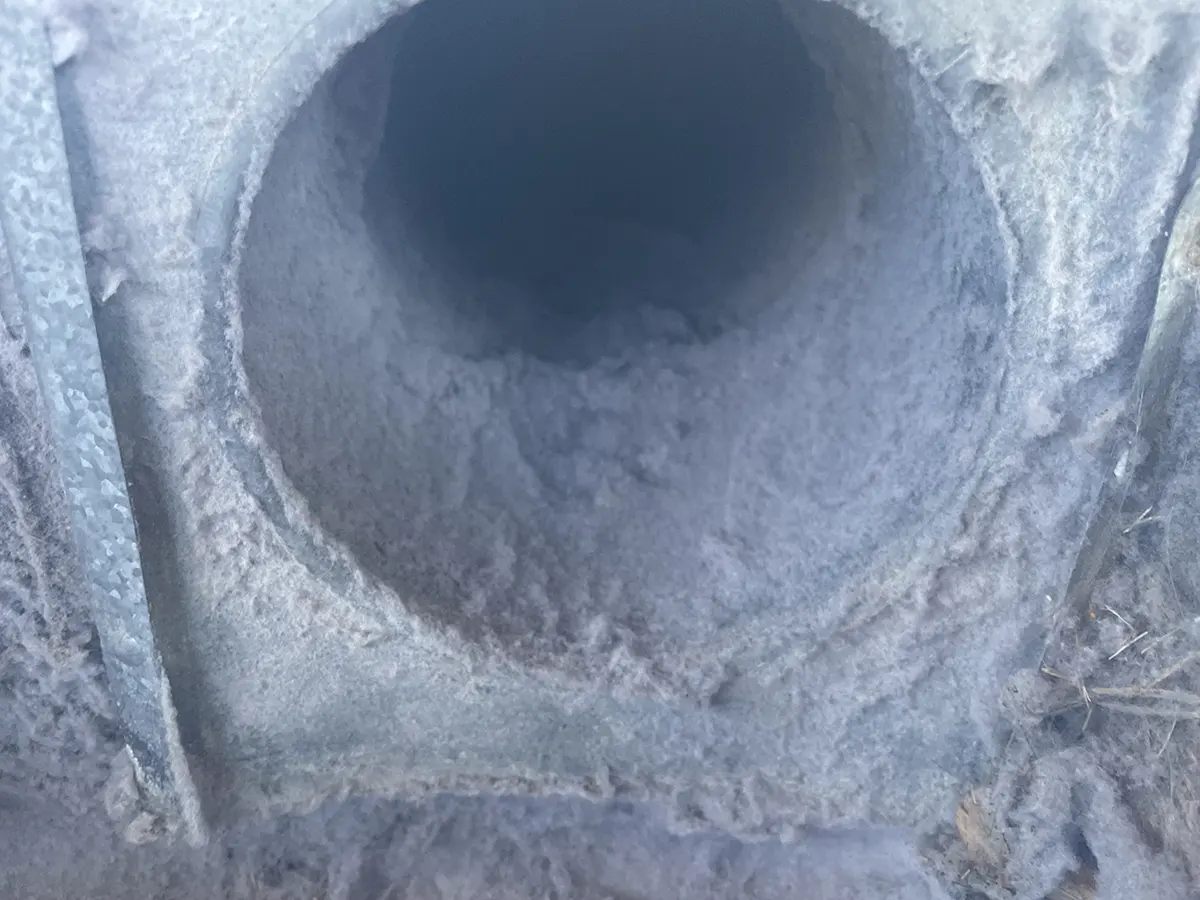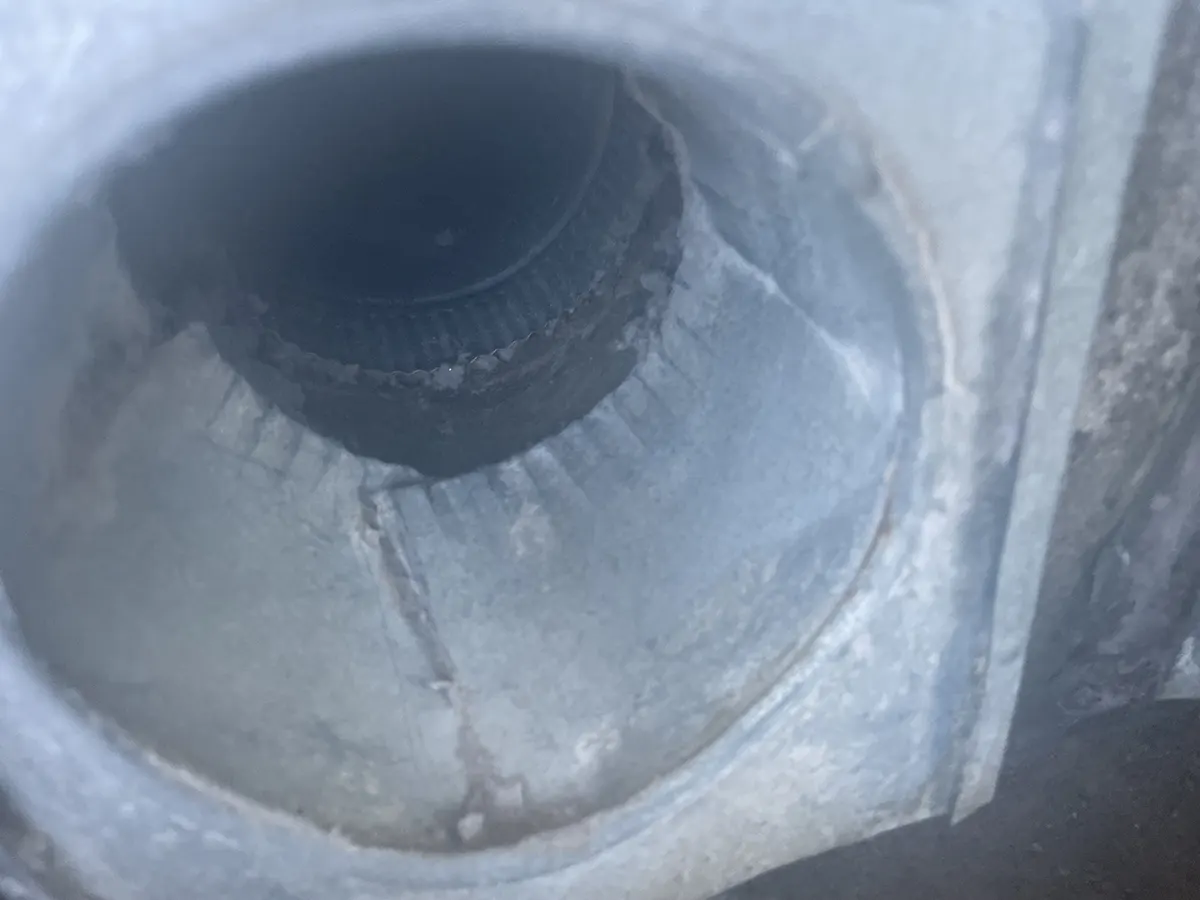* Click on photos to see larger and to scroll through each gallery
Residential HVAC And Duct Cleaning
Furnace and Air Duct Cleaning
Over time, a typical home can accumulate human skin flakes, dander, dust, dirt, pet hair, insect and rodent remains, mold, mildew, and other allergens, creating an unhealthy breathing environment. These contaminants can be circulated throughout your home by the HVAC system, leading to poor indoor air quality. Factors that may increase your need for air duct cleaning include:
- Presence of pets
- Cigarette smoke
- Interior remodeling
- Residents with allergies or asthma
- New home construction or recent purchase of a previously occupied home
BF Power Vac’s furnace and air duct cleaning service can remove contaminants from your system and ductwork, ensuring you breathe fresh, healthy air. For more information on air duct cleaning, please refer to our Frequently Asked Questions, Consumer Resources, and Why Choose BF Power Vac pages.
Two Key Components of HVAC Cleaning
- Breaking Contaminants Loose
- Effective HVAC cleaning begins with removing the sources of contamination. Source removal, the only method endorsed by the EPA and the National Air Duct Cleaners Association, utilizes agitation devices to loosen contaminants from the surfaces within the heating and air-conditioning system.
- Collection of Contaminants
- During the cleaning process, the entire HVAC system is placed under continuous negative pressure (vacuum) to prevent the spread of contaminants. This negative pressure allows fine particles to be extracted from the system as they become airborne, ensuring they are not released into the living space when the system is turned on after cleaning. It also helps to collect the loosened contaminants, which are then removed from your home.
Note: Negative pressure alone is not sufficient for meeting cleaning standards, so avoid companies that rely solely on pressurized air to clear vents. A reputable company will employ an agitation tool along with pressurized air.
System Access
Since every system is unique, the access methods for duct cleaners will vary. Whenever possible, access to duct interiors should be made through existing openings such as supply diffusers, return grills, duct end caps, and service openings. However, if necessary, BF Power Vac may create an access panel(s). Our expertly trained technicians will perform and maintain the creation and closure of these service openings.
The Environmental Protection Agency (EPA) recommends choosing an air duct cleaning company that complies with the National Air Duct Cleaners Association (NADCA) standards. BF Power Vac has been a NADCA member since 2001 and has several NADCA certified Air System Cleaning Specialists (ASCS) and Ventilation System Mold Remediators (VSMR). BF Power Vac also has a NADCA Certified Ventilation Inspector (CVI) on site.
Please see our Frequently Asked Questions, Consumer Resources and Why Choose BF Power Vac pages for additional information on air duct cleaning.
Dryer Vent Cleaning
FACT ABOUT DRYER VENT FIRES: The leading factor contributing to ignition is identified as operational deficiency – specifically “failure to clean” -United States Fires Administration (USFA)
Clothes Dryer Fire Safety Tips from the United States Fire Administration
- Clean the lint filter before or after each use.
- Have your dryer installed and serviced by an appliance professional.
- Do not operate the dryer without a lint filter. Clean the lint filter before or after each use. Remove accumulated lint around the drum.
- Rigid or flexible metal venting materials should be used to sustain proper air flow and drying time.
- Make sure the air exhaust bent pipe is not restricted and the outdoor vent flap will open when the dryer is operating.
- Once a year, or more often if you notice that it is taking longer than normal for your clothes to dry, clean lint out of the vent pipe or have a dryer lint removal service do it for you. Having a professional company remove this lint for you is especially important when you have bends in your dryer vent system or if your dryer does not vent to the outside directly from the wall leading to the outside. Some homes have a dryer vent that will bend and then go straight up to the roof, while others will go the length of the home and exhaust out the other side.
- Keep dryers in good working order. Gas dryers should be inspected by an appliance professional to ensure that the gas line and connection are intact and free of leaks.
- Make sure the right plug and outlet are used and that the machine is connected properly.
- Do not leave a dryer running if you leave home or when you go to bed.
- Never dry items that have come in contact with flammable substances, such as cooking oil, gasoline, paint thinner, or alcohol.
- Keep the dryer area clear of things that can burn, such as boxes or clothing.
Commercial & Industrial Services
Commercial / Industrial HVAC and Duct Cleaning
The Importance of Clean Air Ducts in Your Building’s HVAC System
A building’s air duct network functions like its respiratory system. When dirt, dust, debris, and microbial growth accumulate inside the concealed air ducts, they can “congest” the system, making it challenging for the building to “breathe” properly and operate efficiently. Contaminated air ducts serve as an ideal breeding ground for mold spores, mildew, bacteria (including Legionella), and other harmful microbes. This not only leads to higher utility bills but can also reduce air supply and cause premature failure of costly HVAC components.
Ensuring clean and healthy indoor air is essential for any business. According to the National Energy Management Institute (NEMI), “The benefits of improved Indoor Air Quality (IAQ) are so significant that this opportunity cannot be overlooked…these include enhanced productivity, increased profits, better health for employees, customers, and visitors, as well as reduced healthcare costs.”
Using cutting-edge equipment and NADCA’s source removal techniques, as recommended by the EPA, BF Power Vac’s team is equipped to access and thoroughly clean the entire duct system. To initiate the cleaning of your commercial HVAC system, contact BF Power Vac today.
BF Power Vac has proudly been a member of NADCA since 2001. The team includes several NADCA-certified Air System Cleaning Specialists (ASCS) and Ventilation System Mold Remediators (VSMR). Additionally, there is a NADCA Certified Ventilation Inspector (CVI) available on-site.
THE EPA FINALLY VALIDATES SOURCE REMOVAL AS BEST PRACTICE FOR IAQ!
Decades in the Making: EPA Cites Source Control as a Best Practice for IAQ
Posted on 07/29/2025 on NADCA’s website
The U.S. Environmental Protection Agency (EPA) has finally acknowledged what NADCA has championed for decades: source removal is a key strategy for improving indoor air quality. In its newly released IAQ fact sheet, the EPA outlines three core best practices: source control, improved ventilation, and effective filtration and air cleaning.
For NADCA and its certified professionals, this isn’t new guidance; it’s long-overdue recognition of the standards and best practices we’ve built our entire industry around. Now is the moment to amplify that message.
NADCA’s Science is Already Leading the Way
As IAQ takes center stage in conversations about public health and building safety, NADCA is helping move the industry forward with science-based standards and field-tested methods. Our members don’t just follow best practices – they help define them.
This moment is an opportunity to reinforce the role that NADCA professionals play in delivering healthier indoor environments. Here’s how we support each of the EPA’s key strategies:
- Source Control – NADCA has long led the charge in advocating for source removal cleaning, the most effective method for eliminating contaminants inside HVAC systems. This approach is central to ACR, the NADCA Standard, which provides detailed protocols for identifying and removing dust, debris, and microbial growth. The EPA highlights source control as the first and most important step in improving IAQ (a practice that NADCA has recognized and implemented industry-wide for more than 35 years).
- Improved Ventilation – Clean ductwork enables HVAC systems to operate efficiently, ensuring that fresh air can circulate freely throughout a building. NADCA-certified professionals are trained to evaluate system airflow, identify restrictions, and offer solutions that improve ventilation and air exchange, which are key components of a healthier indoor space.
- Filtration and Air Cleaning – When HVAC systems are dirty, even the best filters can’t perform effectively. Cleaning the system helps restore filtration efficiency, reduces the chance of particle bypass, and supports the overall performance of air cleaning systems. NADCA’s training addresses this dynamic directly, equipping professionals with the knowledge to make filtration more effective through system hygiene.
Standards Built on Science and Experience
NADCA’s credibility in this space is rooted in science, continuous education, and real-world application. ACR, the NADCA Standard, is maintained by a committee of subject matter experts and grounded in research, collaboration with affiliated standard-writing organizations, and decades of field experience. NADCA also invests in studies that examine the impact of clean HVAC systems on airflow, energy efficiency, and occupant health.
These efforts help ensure our standards evolve with the science, keeping NADCA members at the forefront of indoor environmental health.
A Shared Mission for Cleaner Air
While the EPA fact sheet brings welcome national attention to IAQ, NADCA’s work has been building toward this moment for years. As industry professionals, we all share the same goal: to create healthier indoor environments where people live, work, and learn.
NADCA is proud to have a voice in this space by advancing standards, educating the public, and empowering our members to deliver on the promise of cleaner air. Together with public health leaders, HVAC professionals, and building managers, we’re making indoor air quality a priority and delivering scientific results that back common-sense practices.
Industrial / Commercial Boiler Cleaning
Ensuring Peak Efficiency for Your Boiler
As part of a strategic maintenance plan in conjunction with routine servicing by your boiler service company having BF Power Vac carry out professional cleaning of the soot accumulation on the fire side of your boiler annually or every two years, depending on your fuel source can keep it operating at peak performance.
- Significance of Soot Removal:
- Enhanced Heat Transfer: Removing soot from the fire side of the tubes facilitates proper heat transfer to the fluid side of the boiler.
- Effective Heat Transfer: Excessive soot acts as an insulator, impeding efficient heat transfer.
- Preventing Drafting Problems: Excessive soot buildup between water tubes or in horizontal fire tubes can hinder a proper draft leading to increased fuel consumption and tube blockages. This can cause soot blowout from inspection ports and stacks and potentially catastrophic failures.
- Implications of Ignoring Soot Buildup:
- Hot Spots: Soot buildup can lead to hot spots, resulting in tube cracking and dimpling which can allow fluid to the fire side.
- Combustion Imbalances: Uneven combustion in the burner and elevated stack temperatures are also concerns.
- Inefficiency: This can contribute to further accumulation of soot resulting in additional unnecessary service charges and difficulty in gaining a proper tune on the combustion burner in a timely manner.
BF Power Vac’s boiler cleaning process, supported by extensive experience, offers our clients a customized cleaning solution tailored to the specific requirements of their boiler system.
Commercial Dryer and Exhaust Vent Cleaning
The Importance of Cleaning Commercial Dryer and Exhaust Vents
In our experience, maintaining commercial dryer and exhaust vents is often more crucial than cleaning those in residential settings. The fire prevention benefits of regularly cleaning dryer vents remain consistent across both environments. When lint accumulates and creates a blockage in the dryer duct, it can smolder and ignite if the lint becomes hot and dry enough. In commercial settings, the continuous operation of dryers significantly heightens the risk of fire, especially in multi-unit complexes such as apartments, condos, townhouses, and strip malls. A fire in such locations can cause damage that affects multiple residents or businesses simultaneously, leading to substantial repair costs and a loss of revenue if affected units must be vacated during reconstruction.
Additionally, blockages in dryer ducting can result in costly water damage. This often occurs when a blockage—whether from lint or a bird’s nest—causes moisture from the drying process to accumulate. Without a clear path for the lint and moisture to exhaust outdoors, the duct fills with water. At BF Power Vac, we frequently see this issue in multi-unit complexes like apartments and condos, where dryer ducts run between floors and through attic spaces to rooftops. The resulting water damage can impact numerous residents, leading to significant repair costs for property owners, along with lost revenue if the units must be vacated for repairs. Moreover, increased or redirected labor costs for reconstruction can detract from routine maintenance needs.
Our commercial clients have reported several benefits from routinely utilizing our services, including:
- More consistent drying times with their equipment.
- Reduced downtime and fewer service calls to appliance repair companies.
For a free quote to clean your dryer vent(s) for your business, whether it be condos, apartments, schools, healthcare facilities, physical therapy offices, veterinary clinics, senior communities, assisted living facilities, state agencies, laundromats, and more, contact BF Power Vac today!
BF Power Vac
Licensed
Bonded
Insured
NADCA Certified
Certified SBE #S000028024
TERO Title 10 Certified
Get An Estimate Or Schedule a Cleaning
Top 3 Questions Anyone Should Ask When Finding An Air Duct Cleaner
Testimonials
“You treat customers courteously! Very accommodating, pleasure to do business with. Apparent that you emphasize to your employees to be friendly and appreciate your customers.” –Brad, Walla Walla
“Most dust-free, courteous service we have ever used. Thank you for your on-time professional service. We will definitely use you again.” -Marcella, West Richland
“I’m so glad I made the appointment. My house smells better and my asthma is better after only a short while. Thanks.” -Stacy, Kennewick
“I have had a previous home done elsewhere and your company does the most thorough job I’ve seen done. Thank you.” -Marcie, Richland
“Great!! What a difference the cleaning has made! Why did I wait so long to have it done?!! –Sue, Kennewick
“Exemplifies what customer service should be. Professional, courteous, timely, meticulous.” –Judith, Walla Walla

